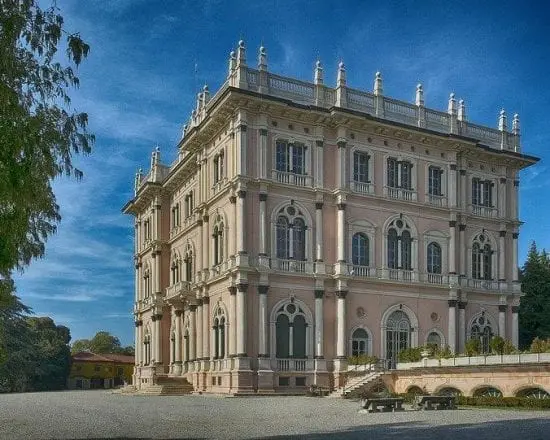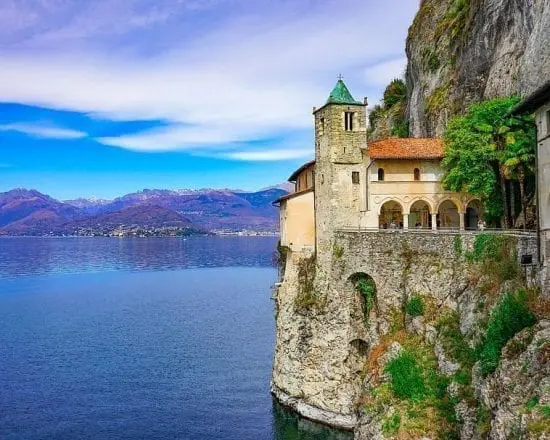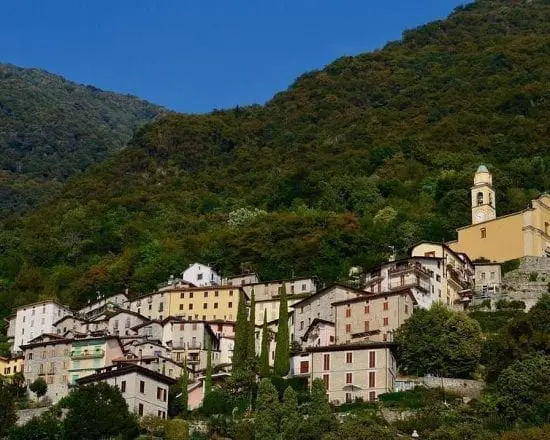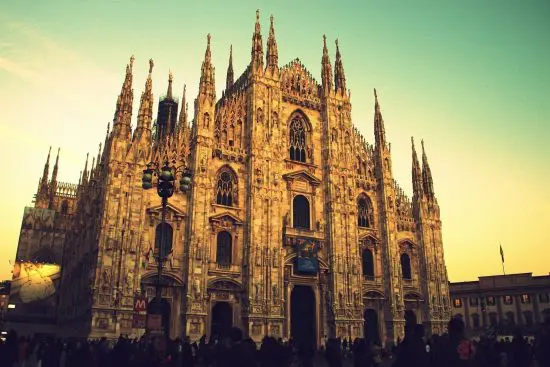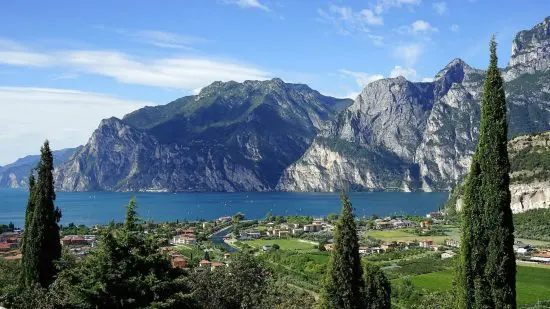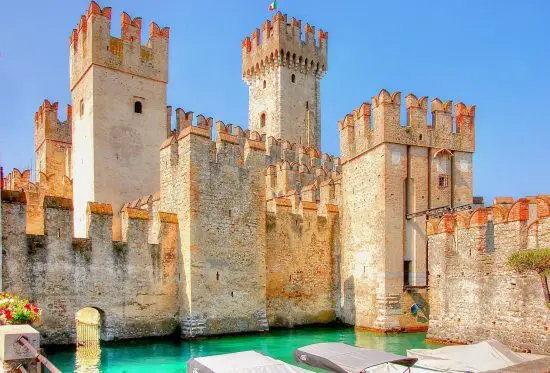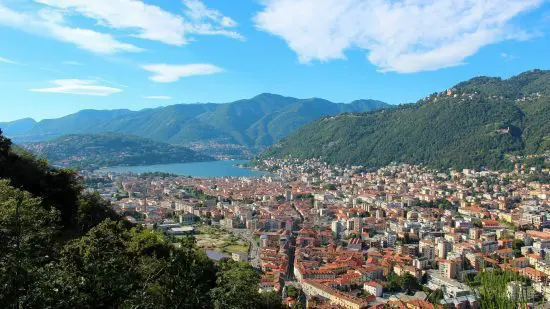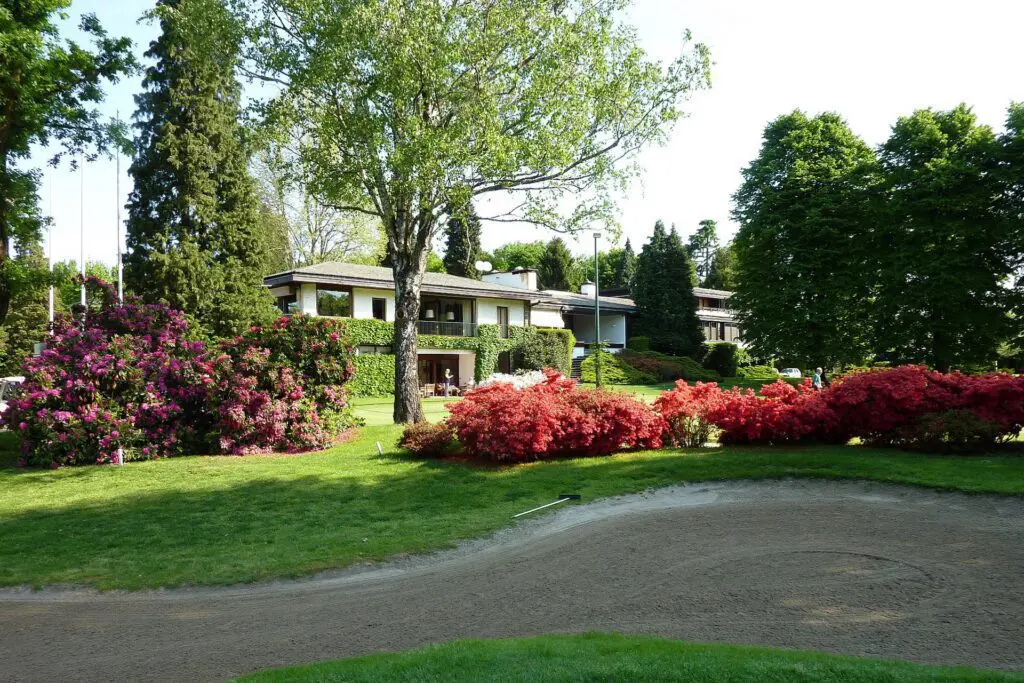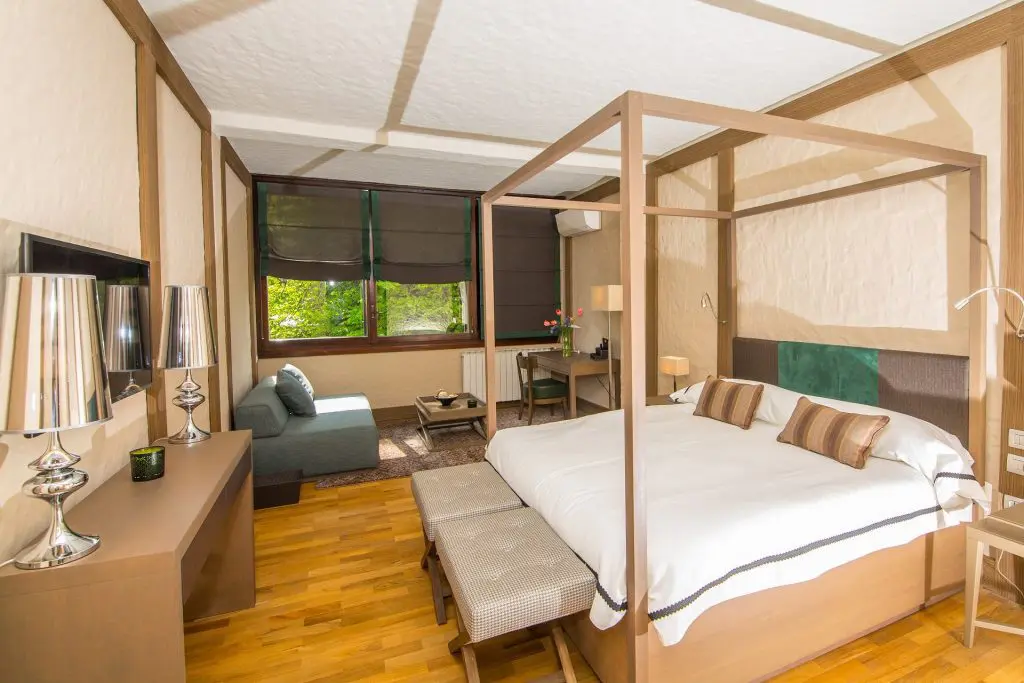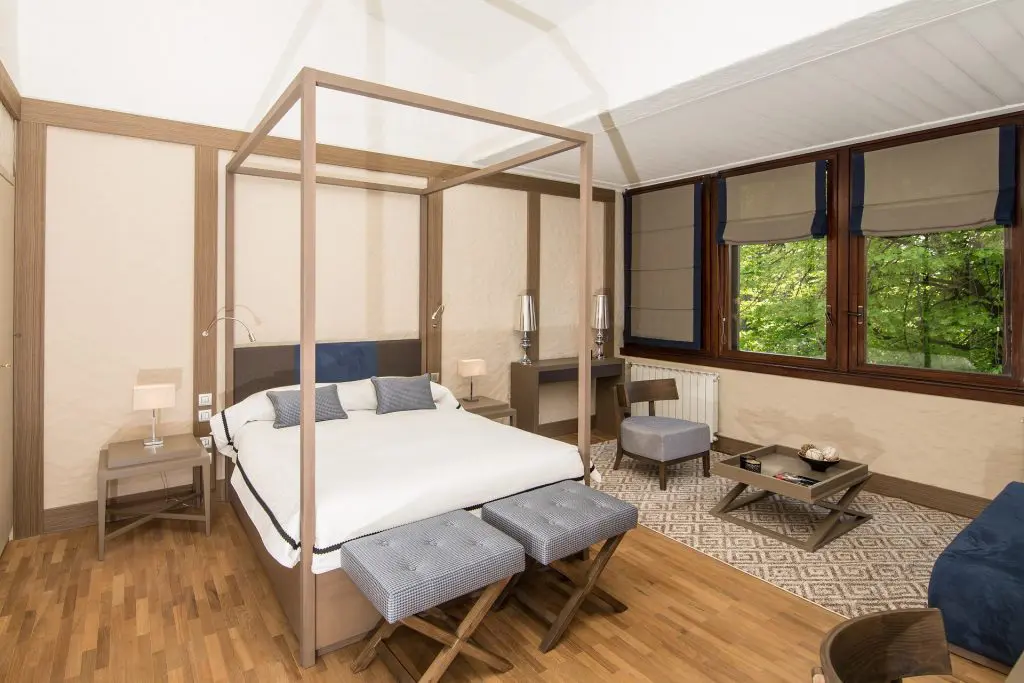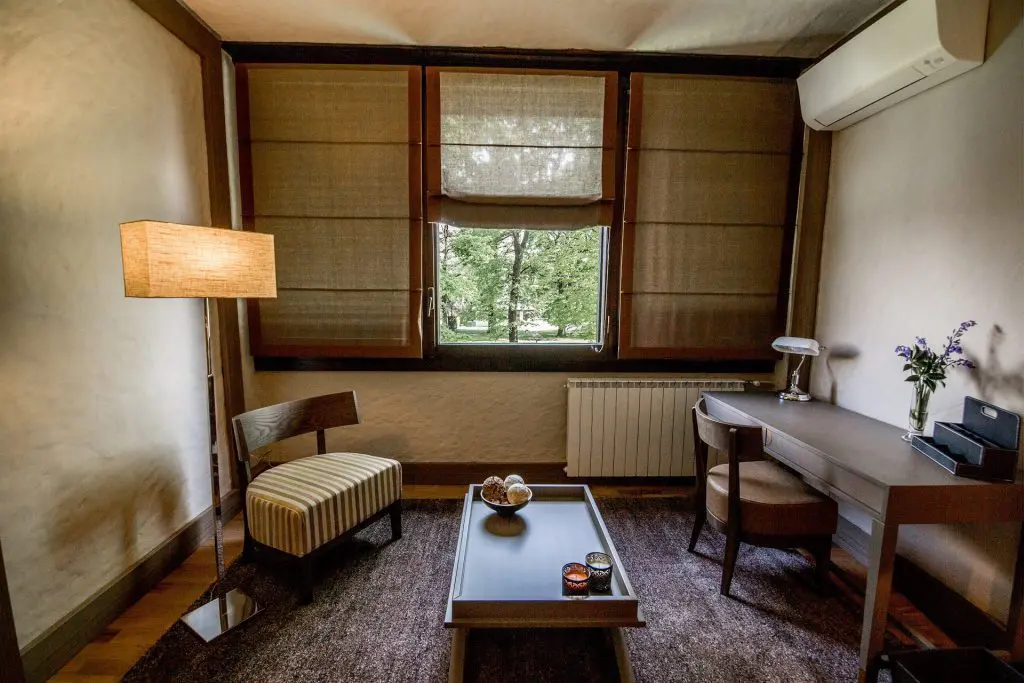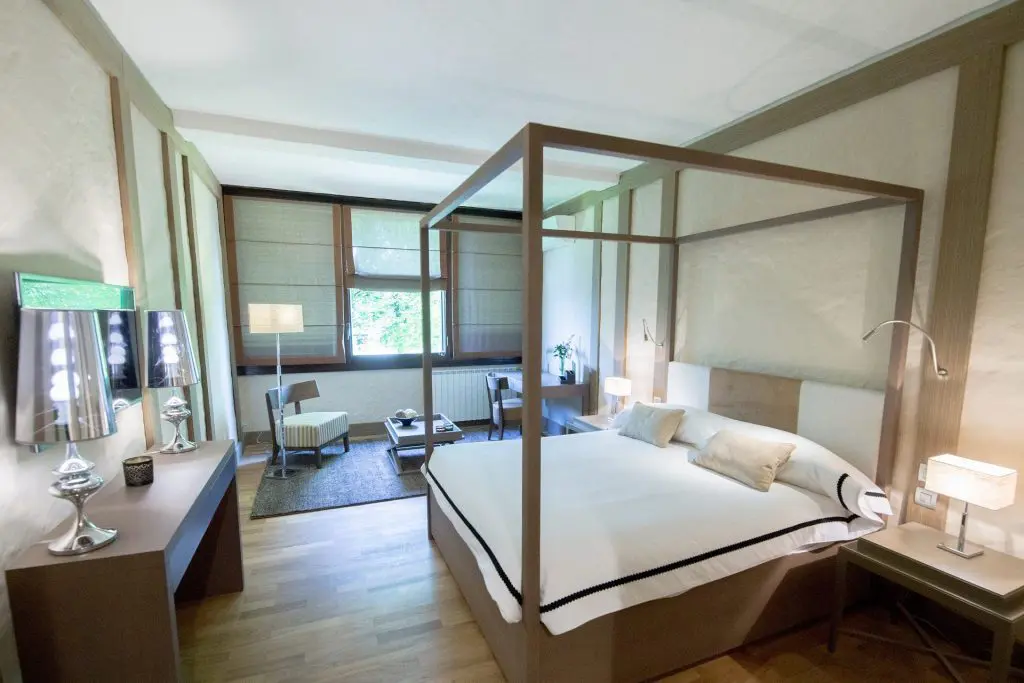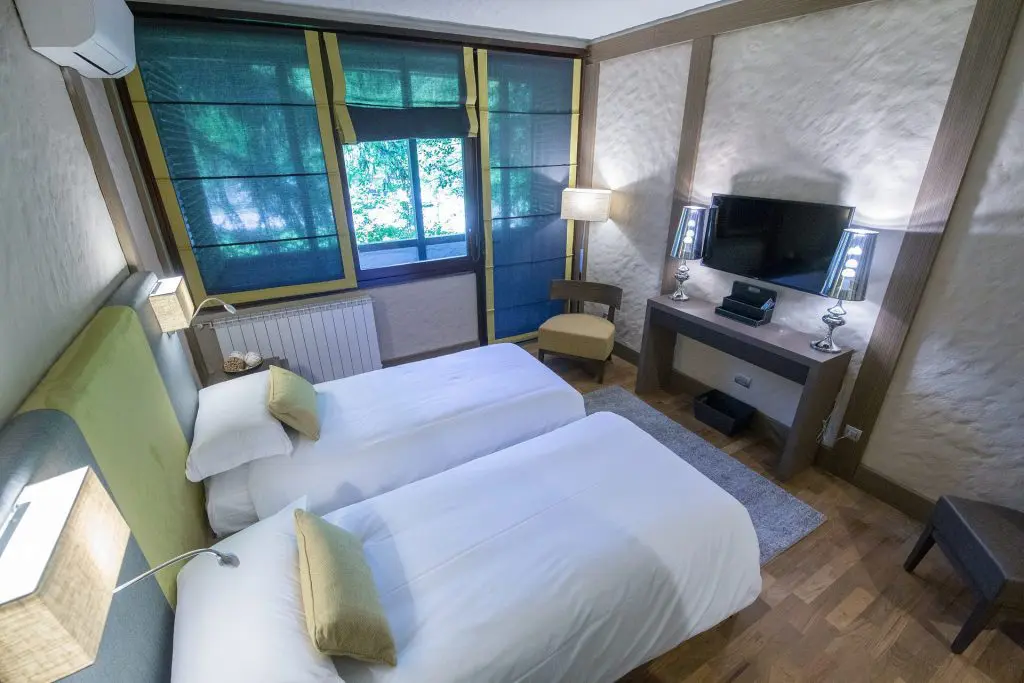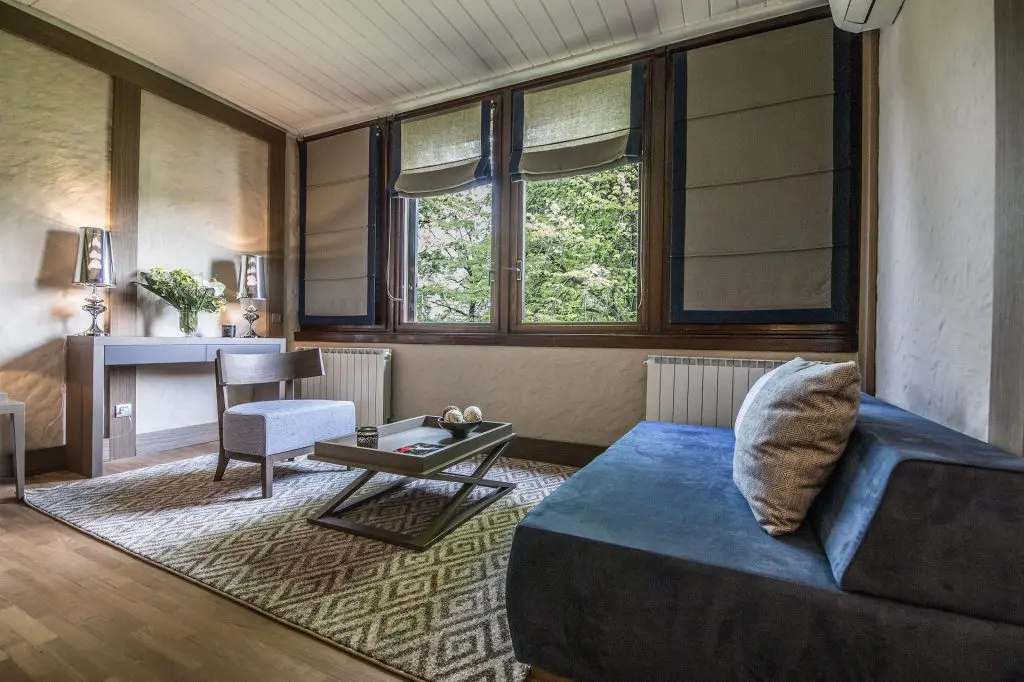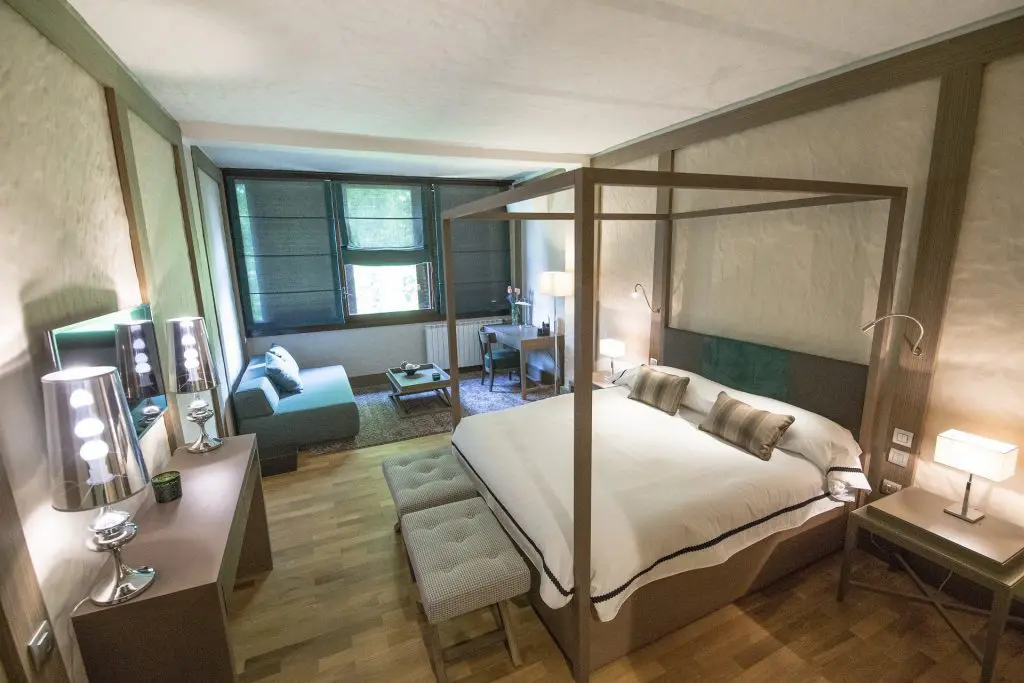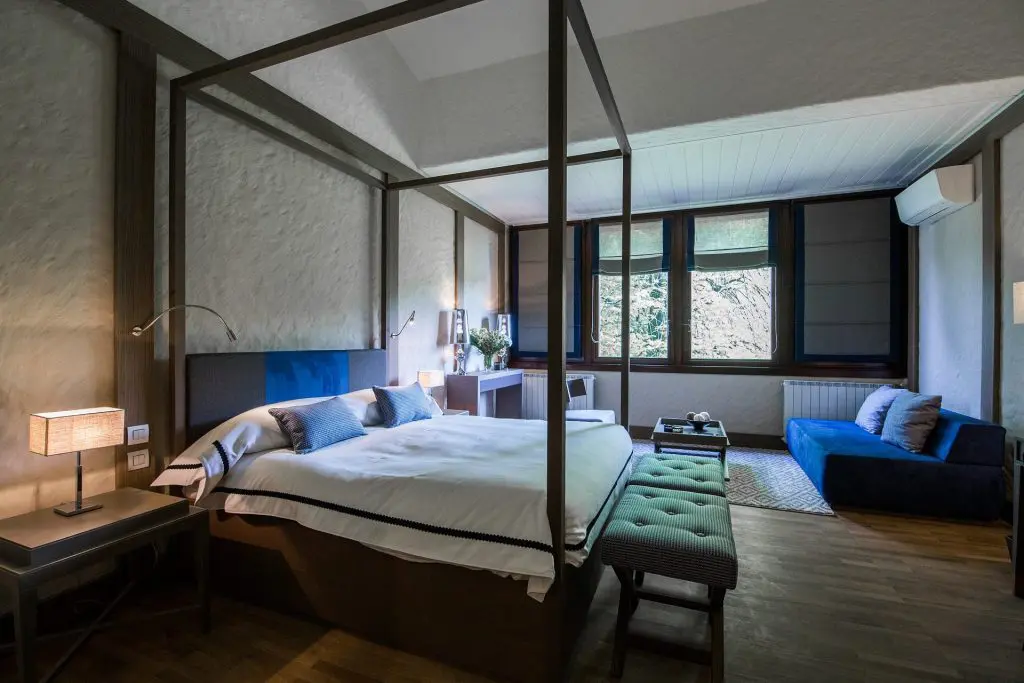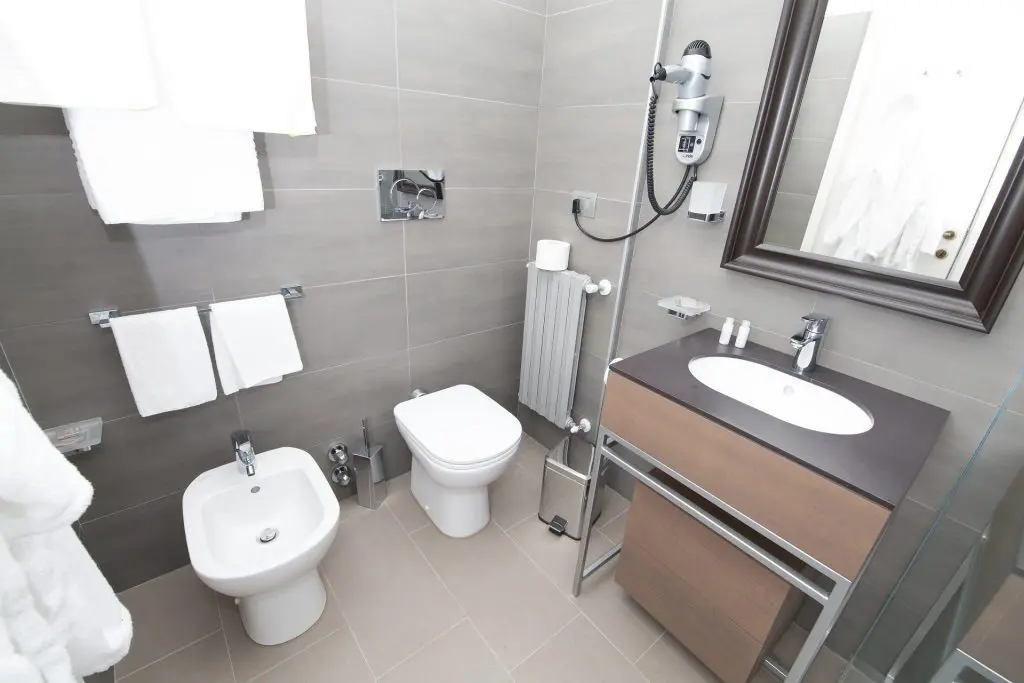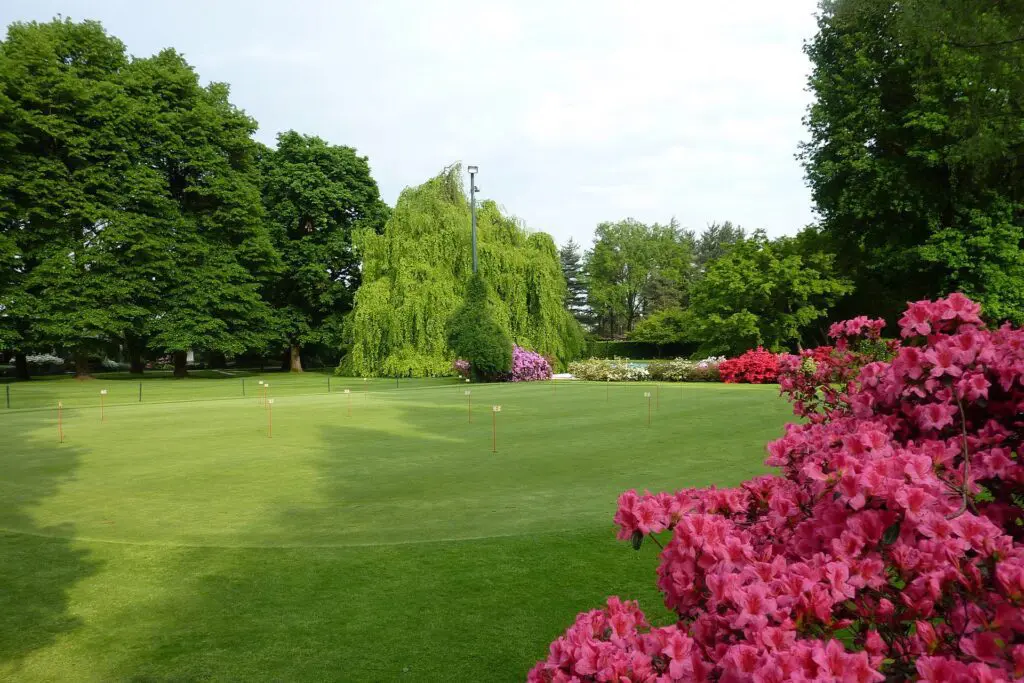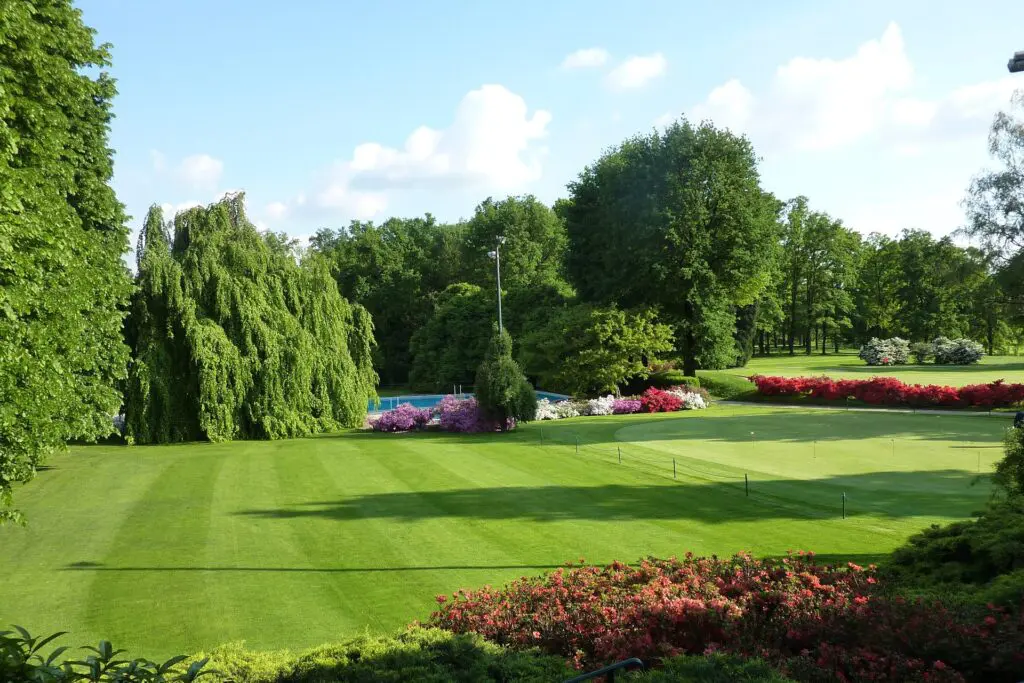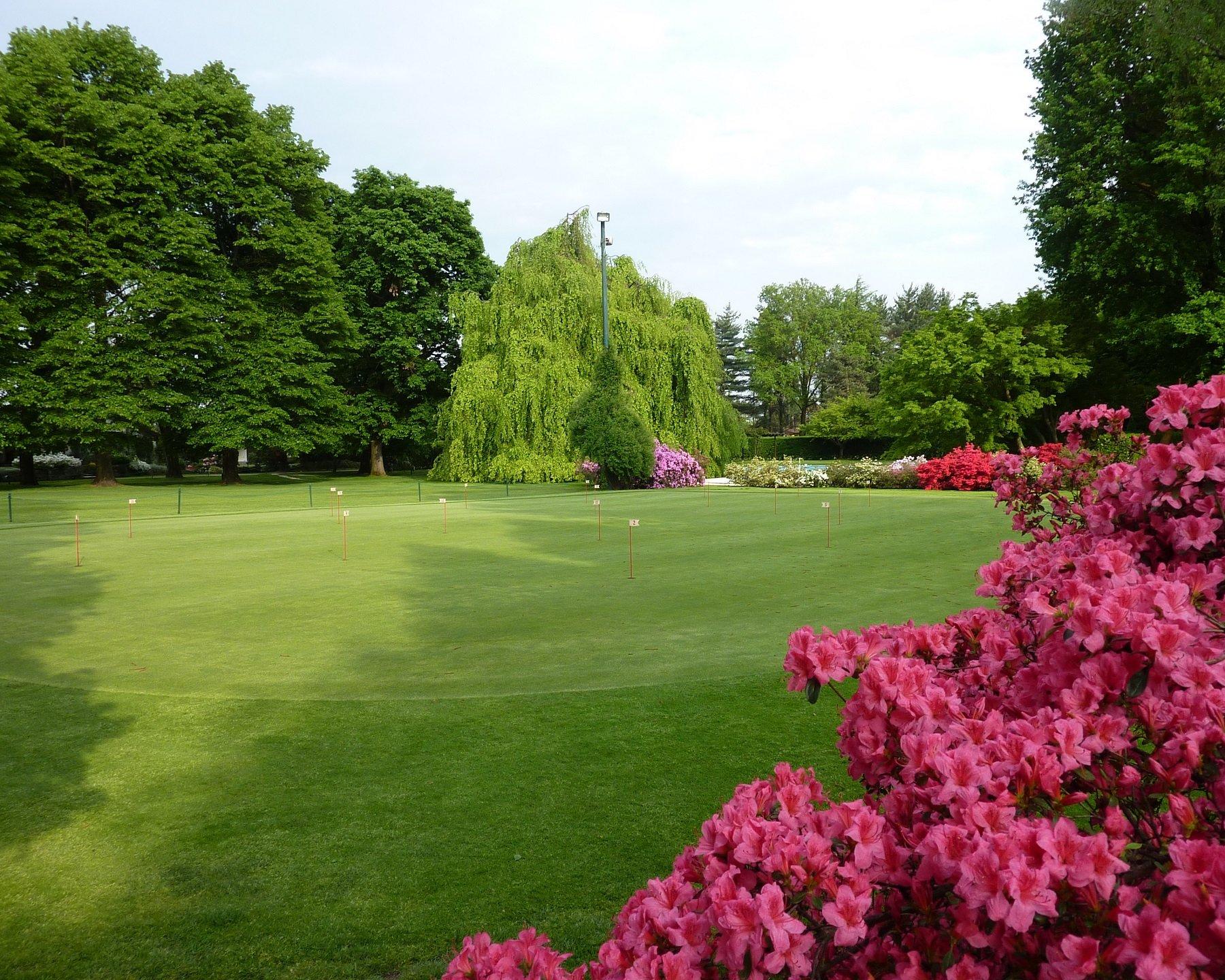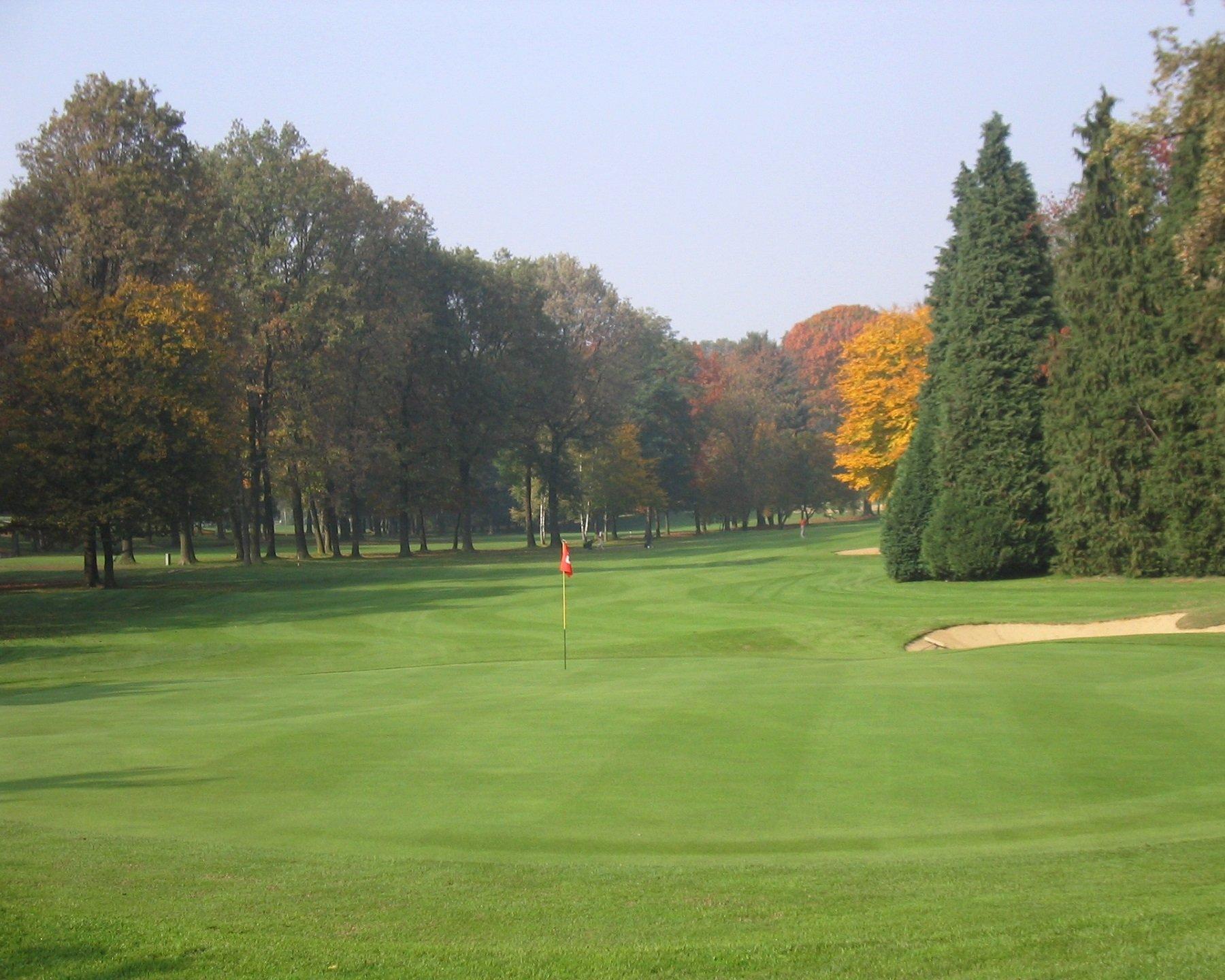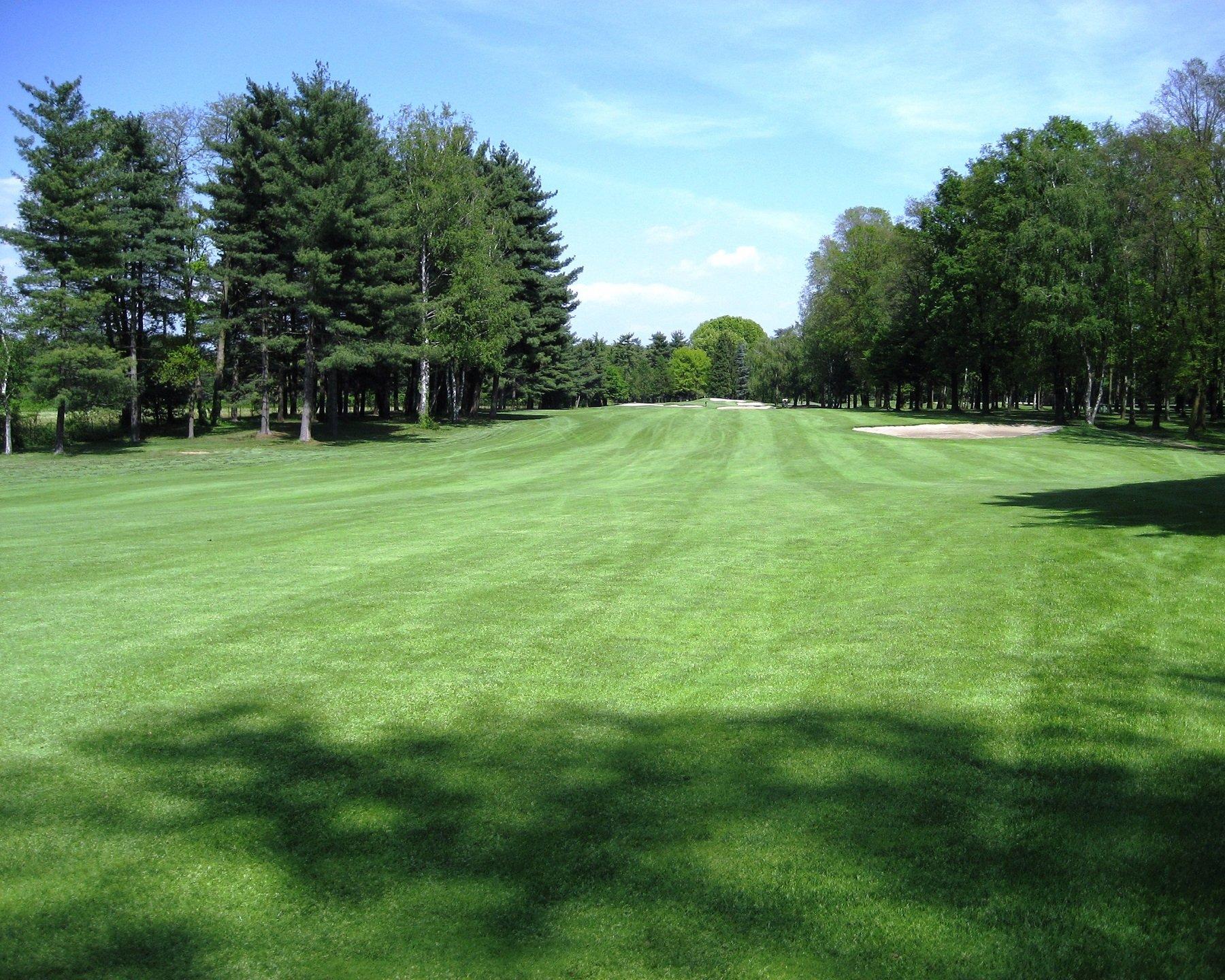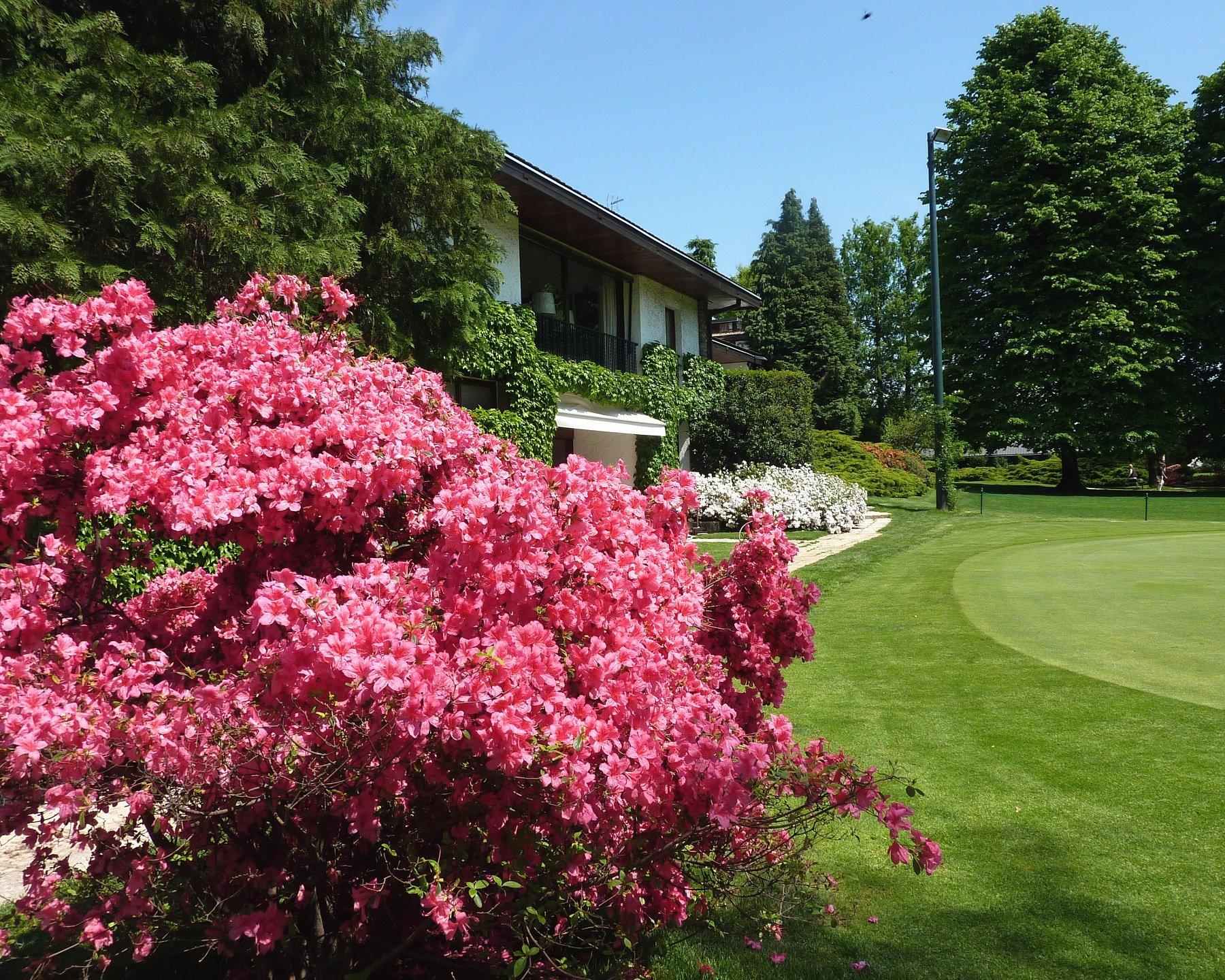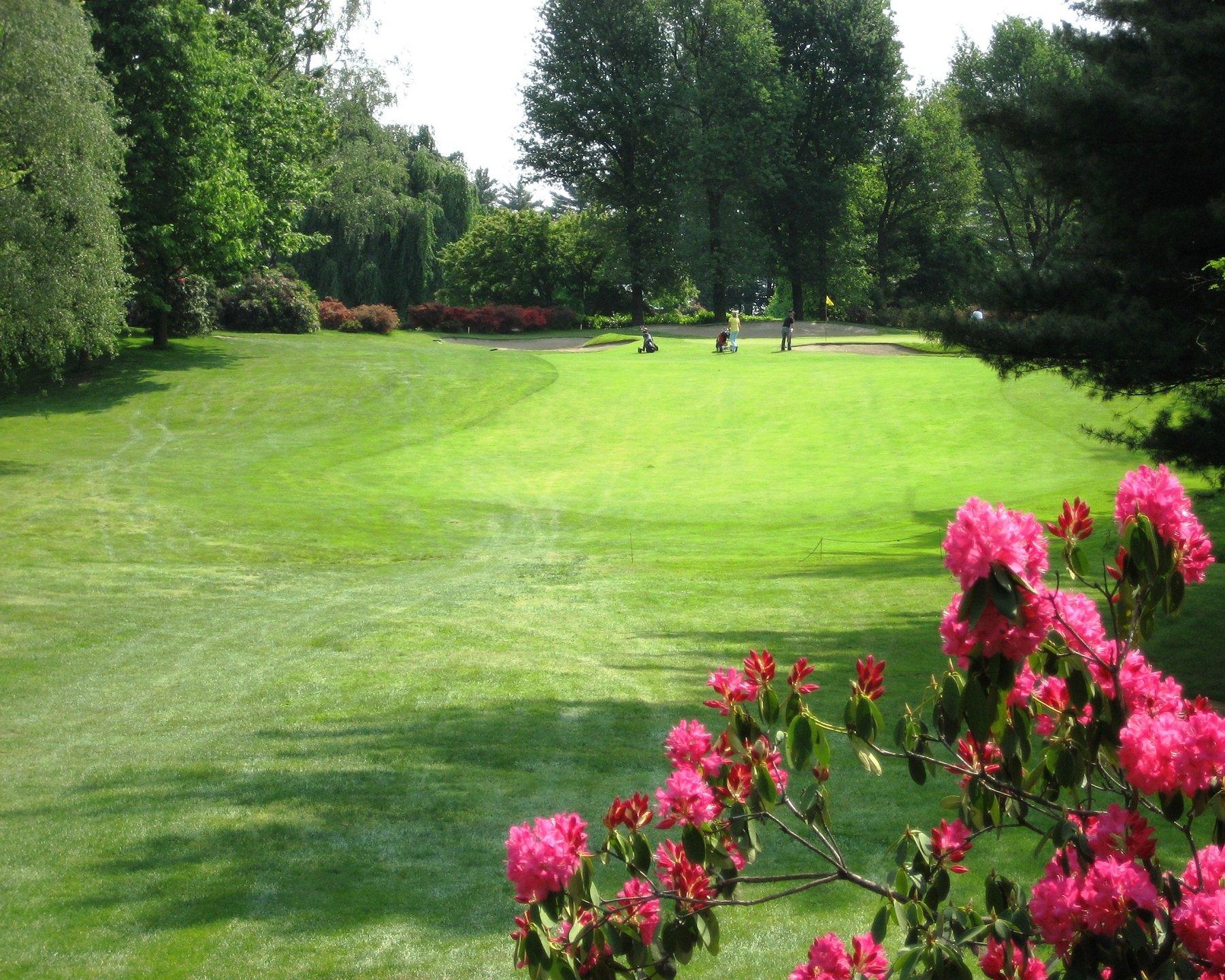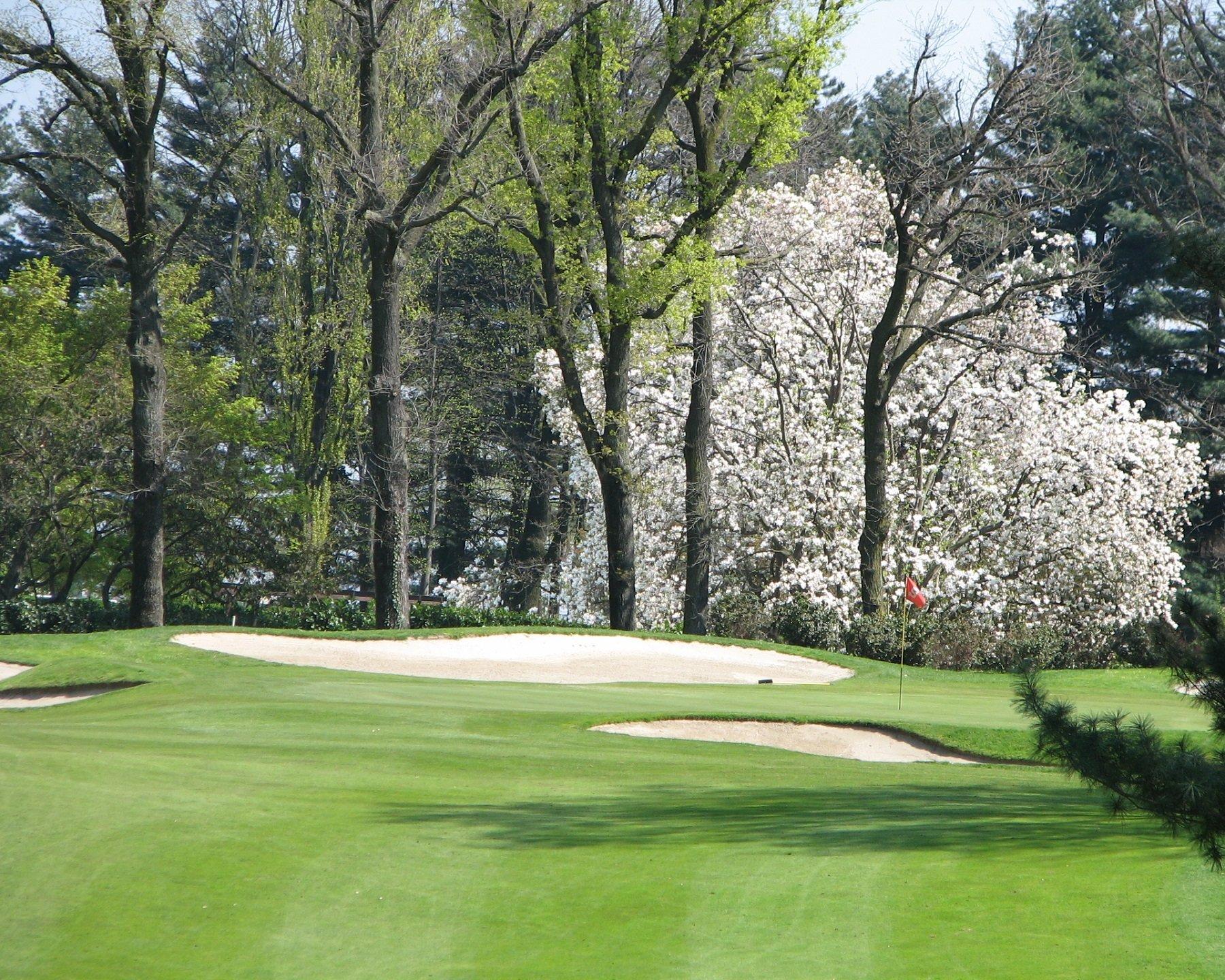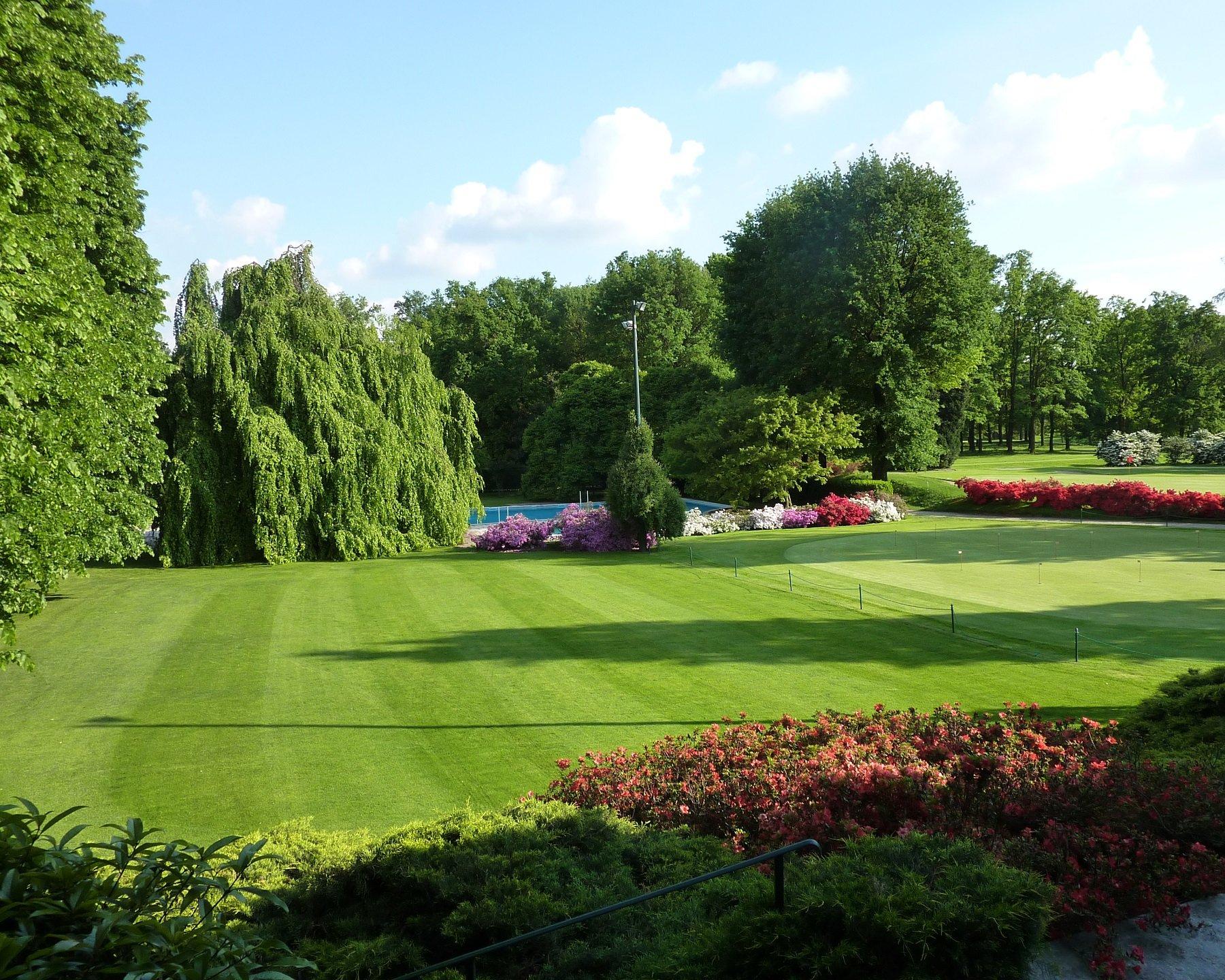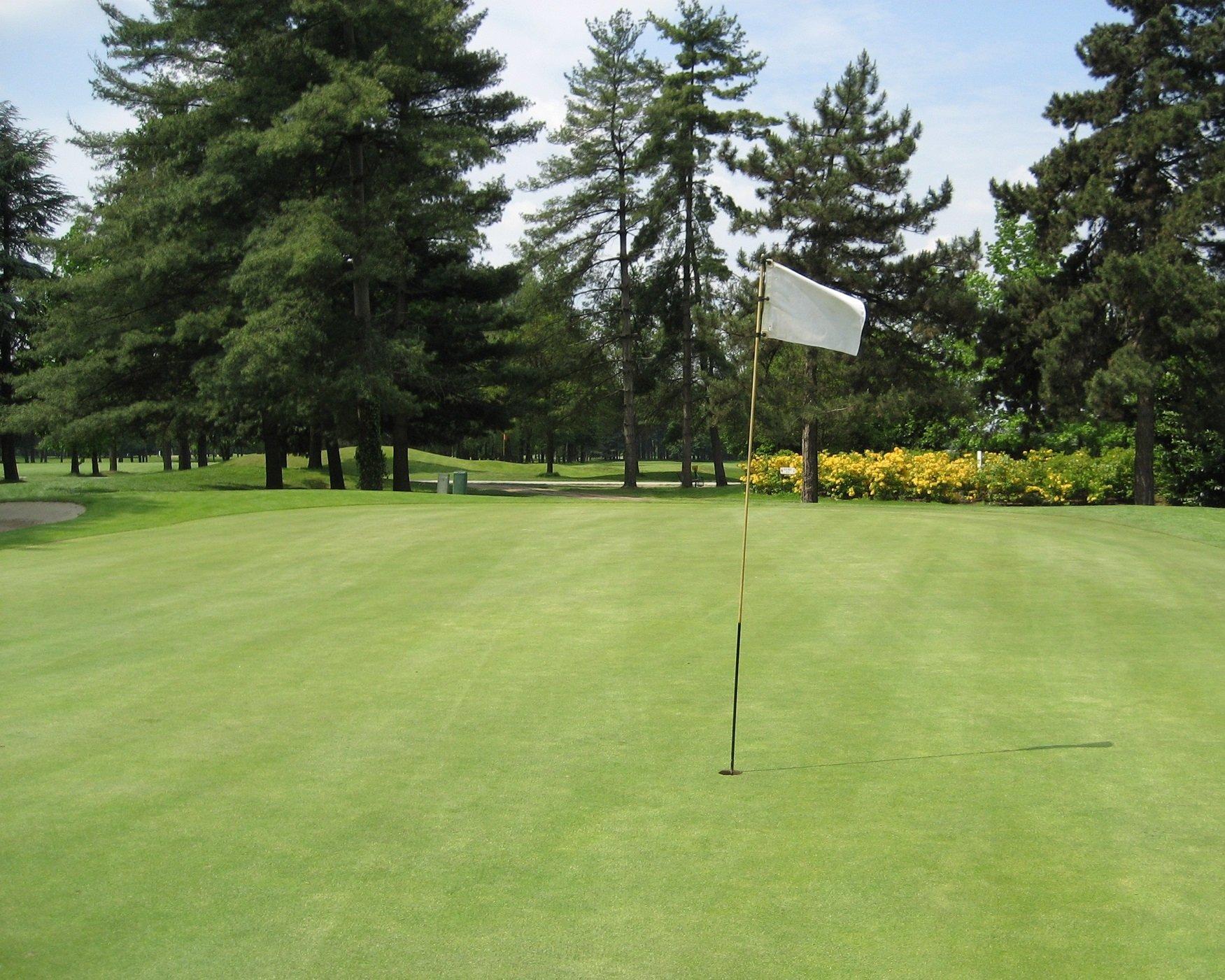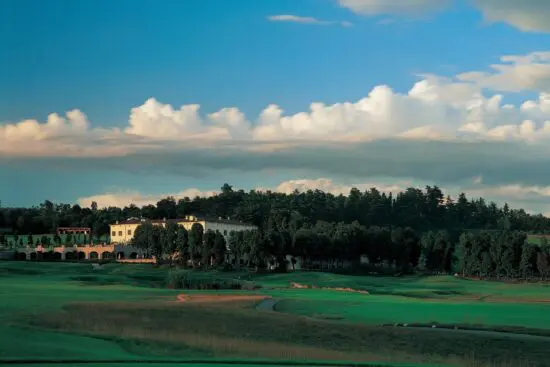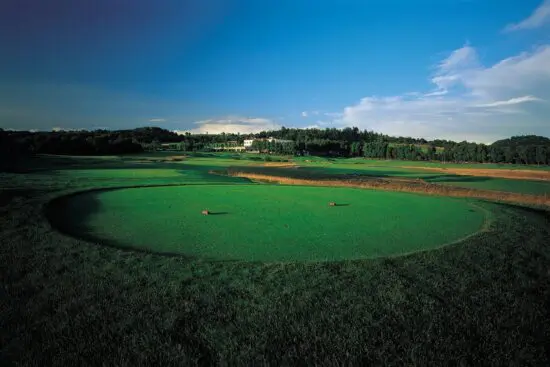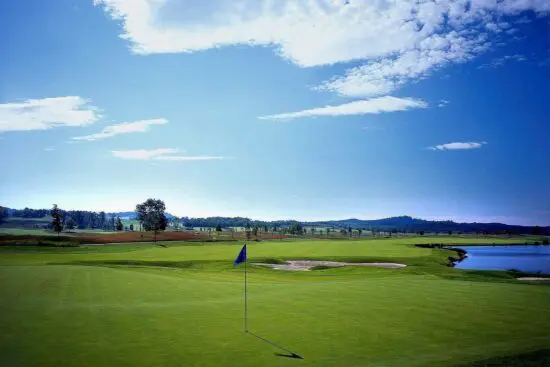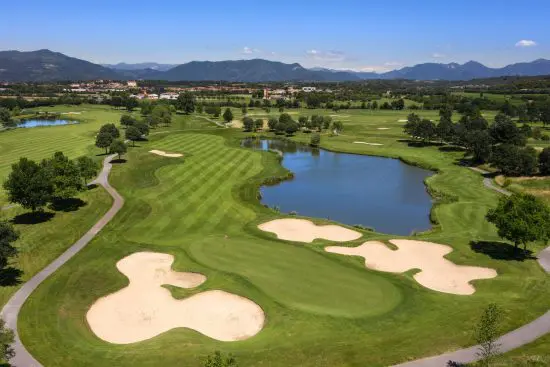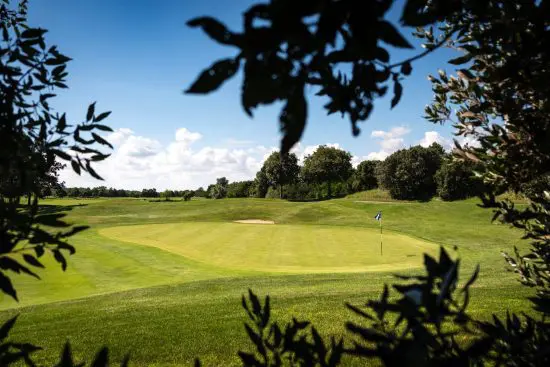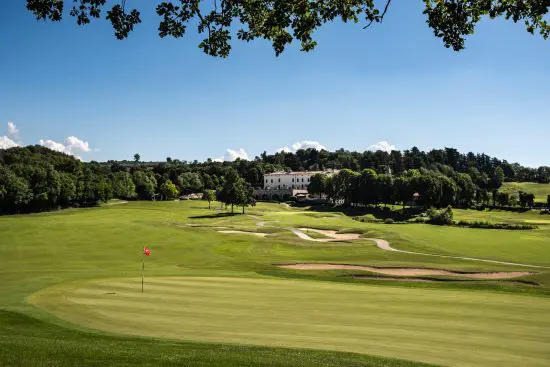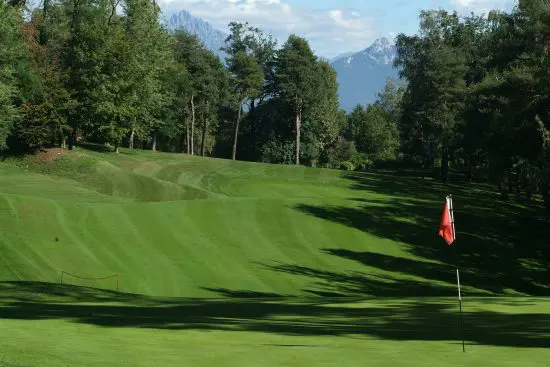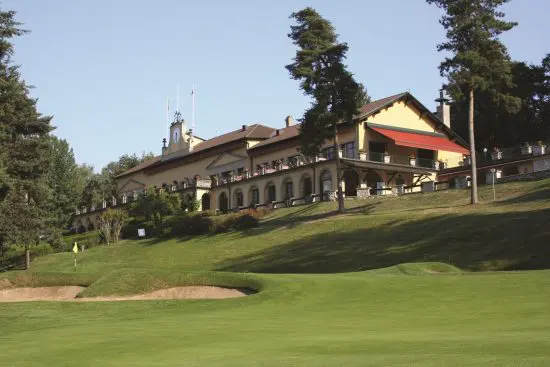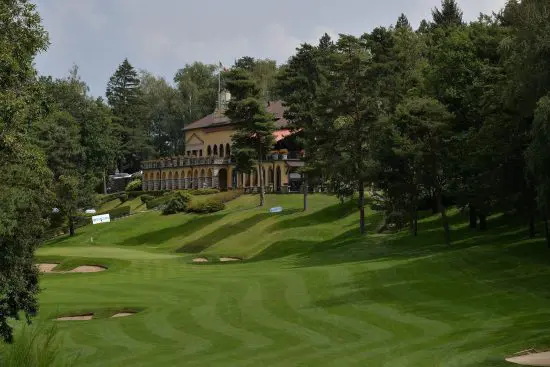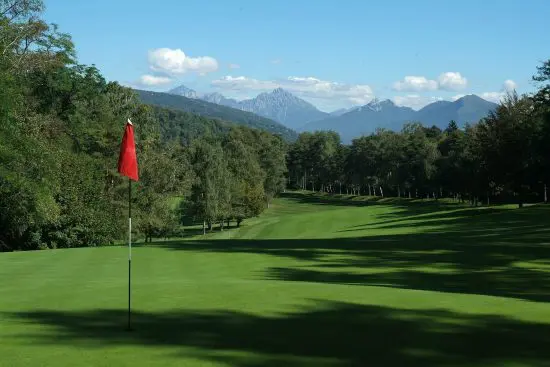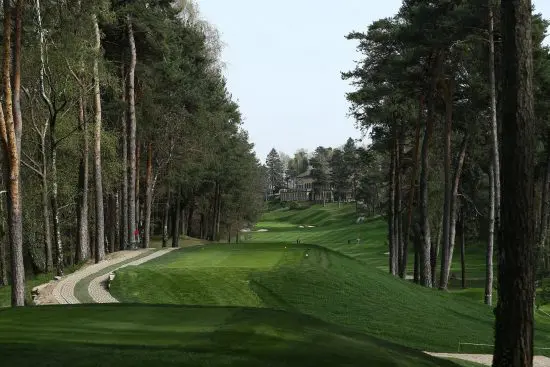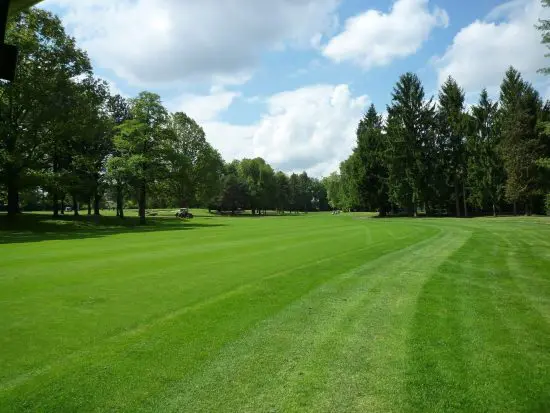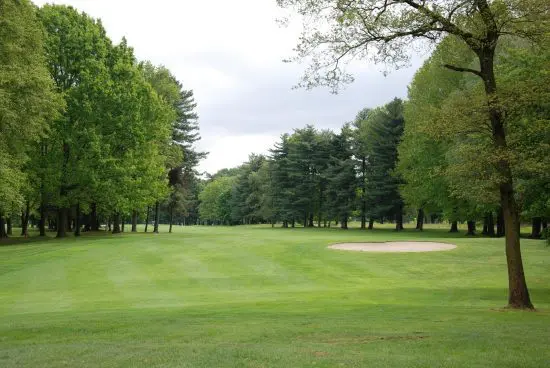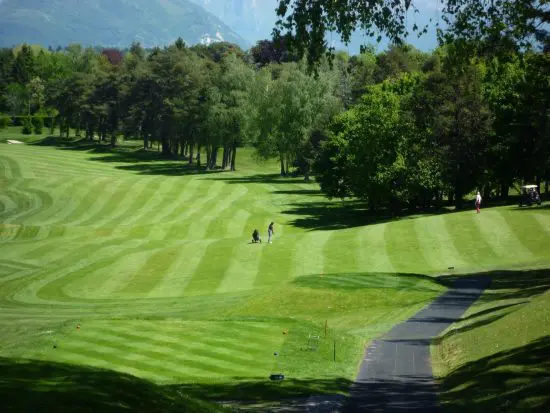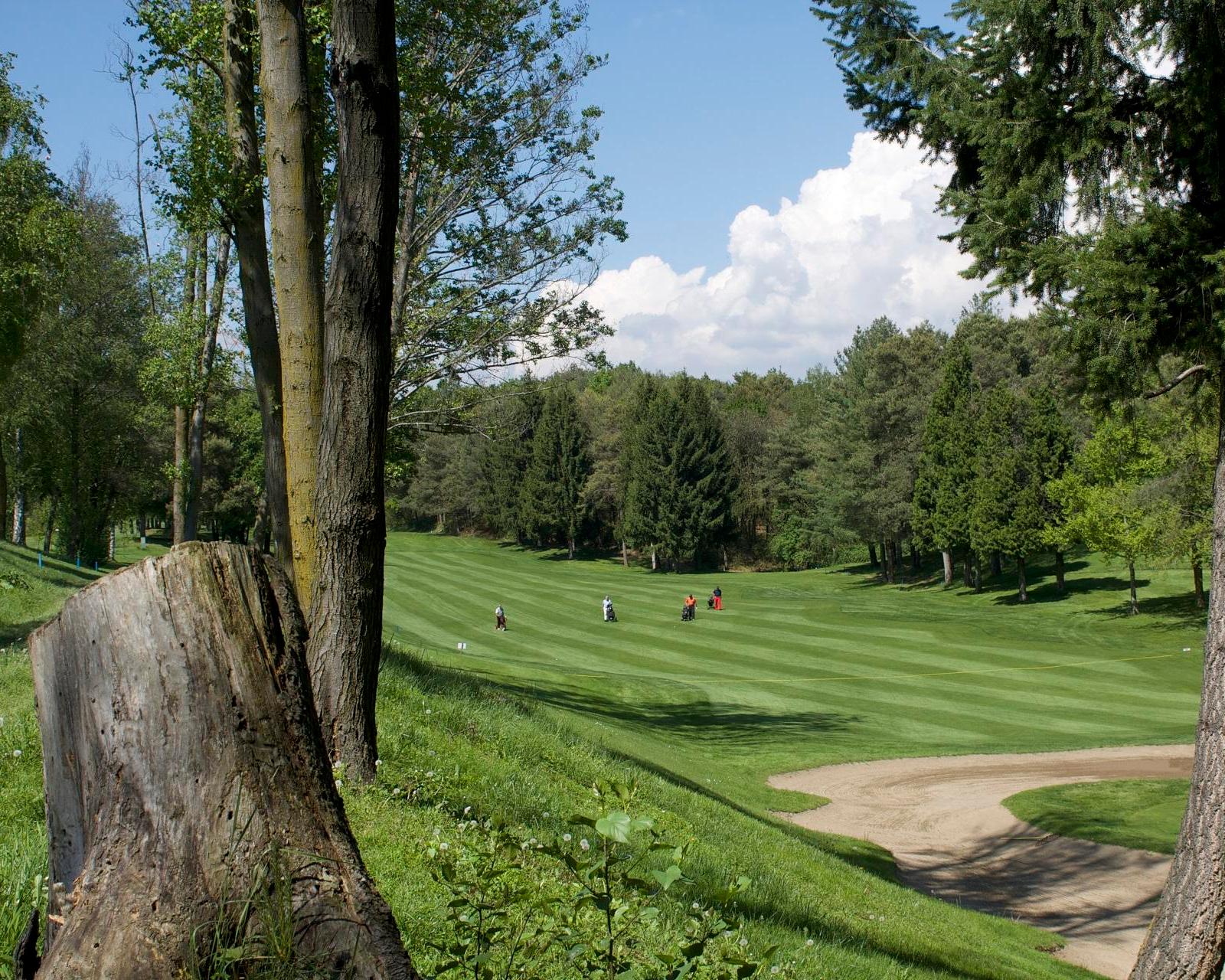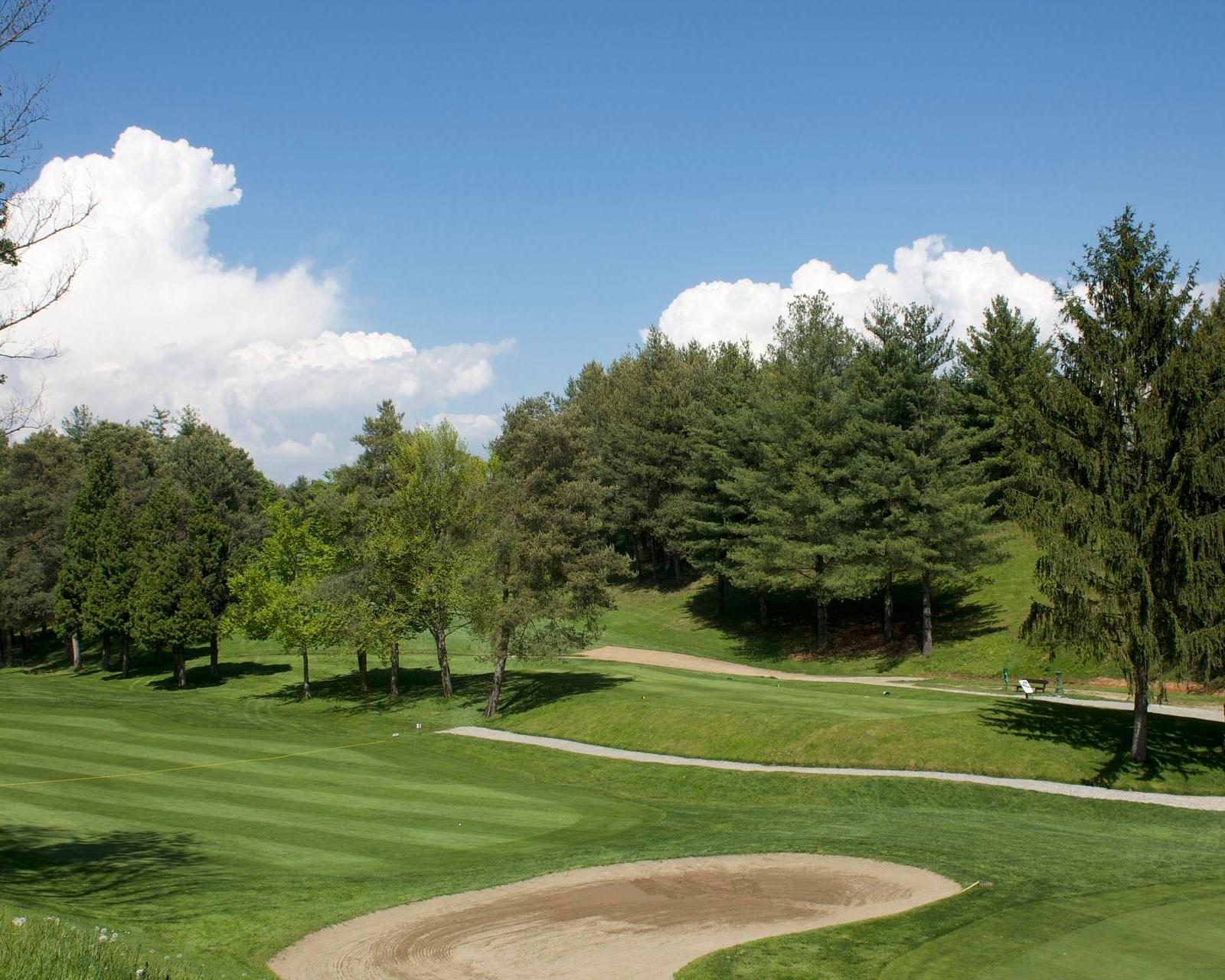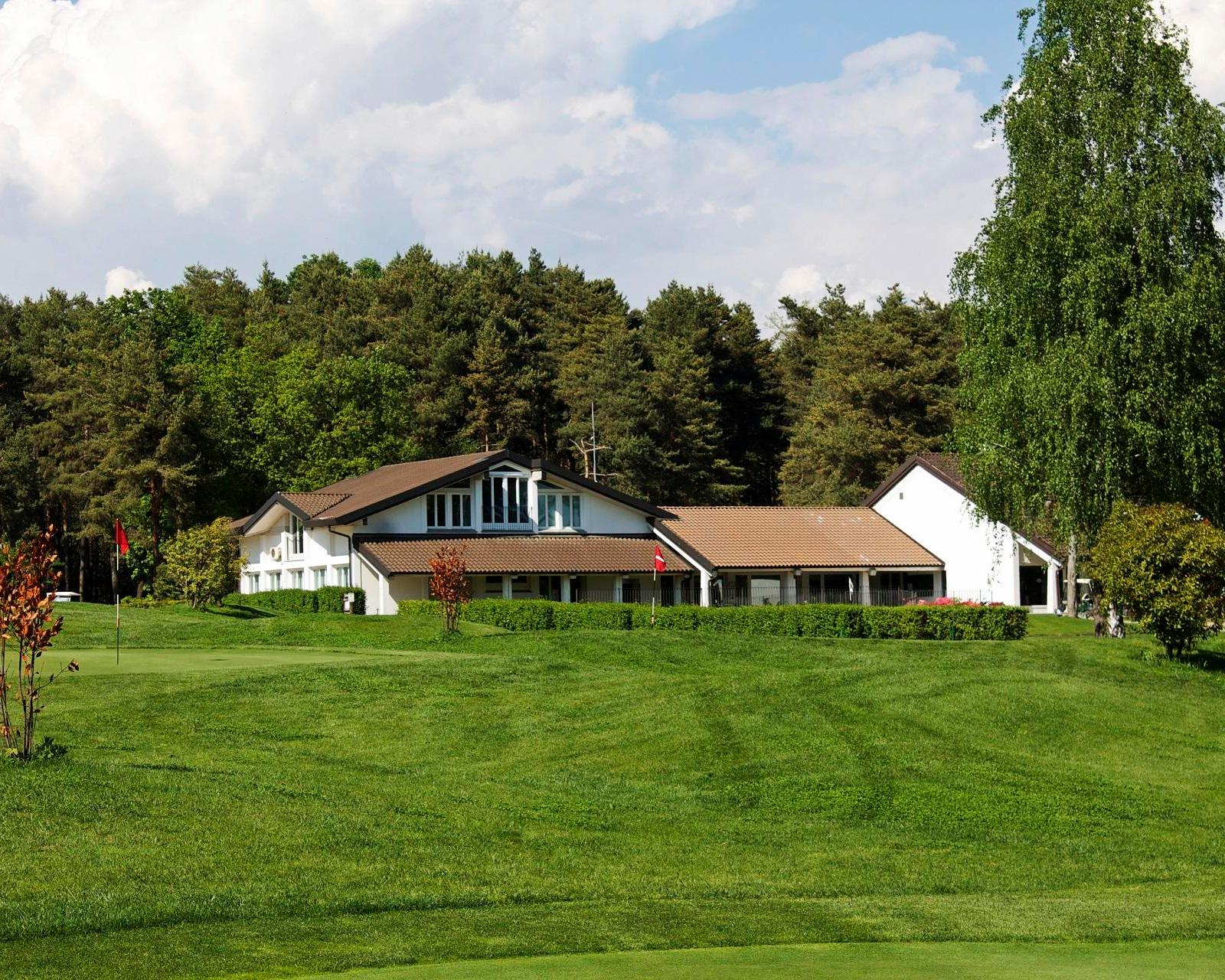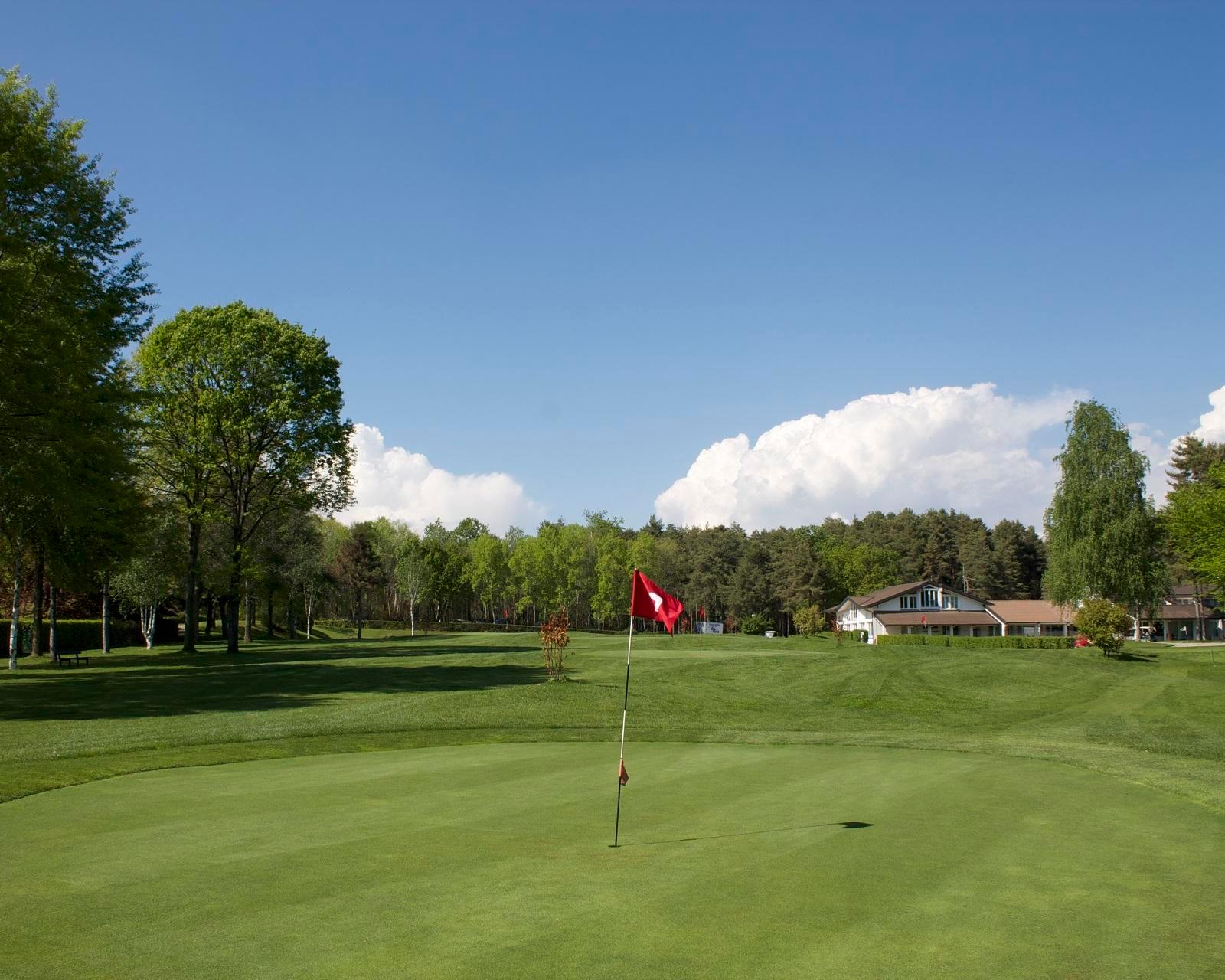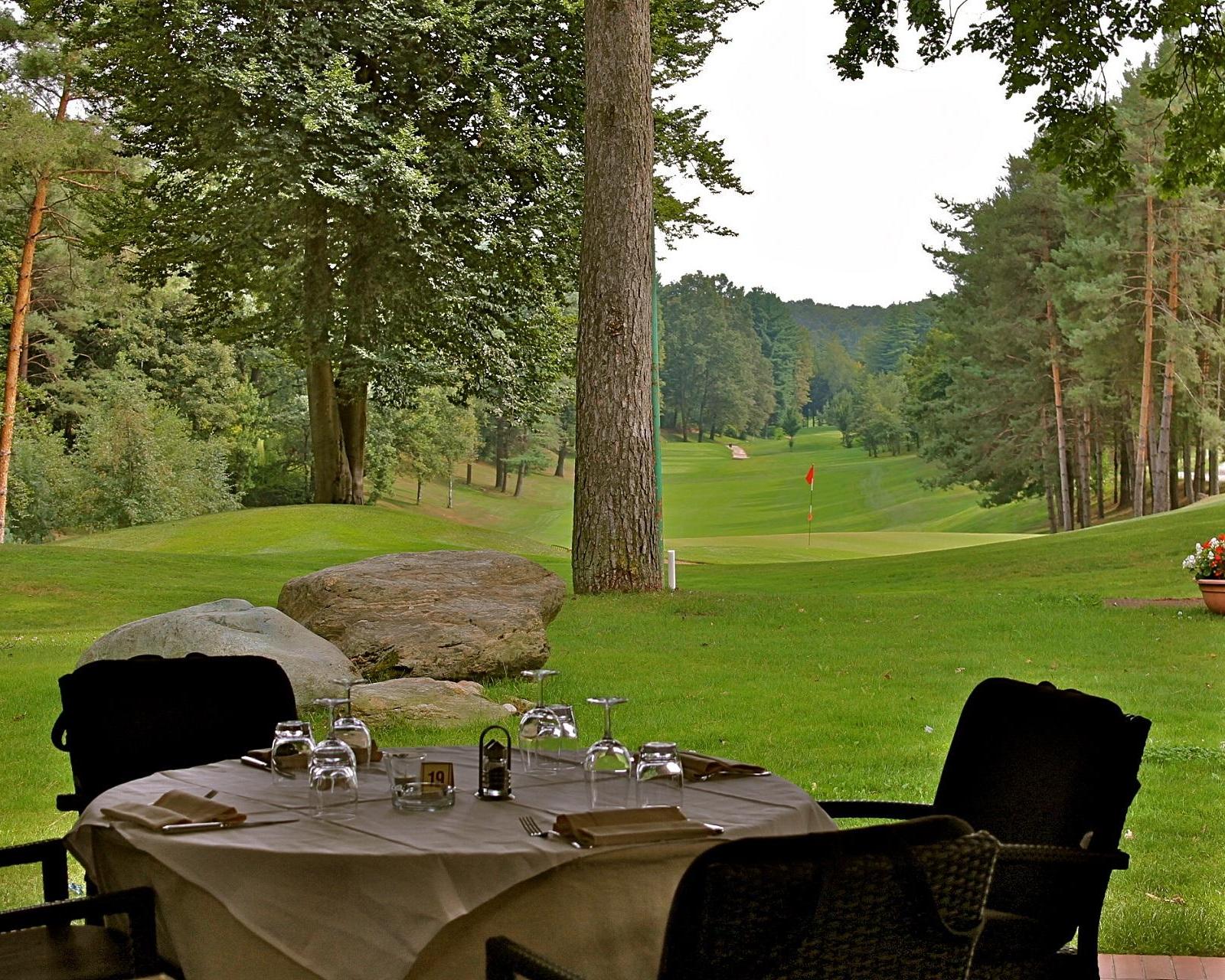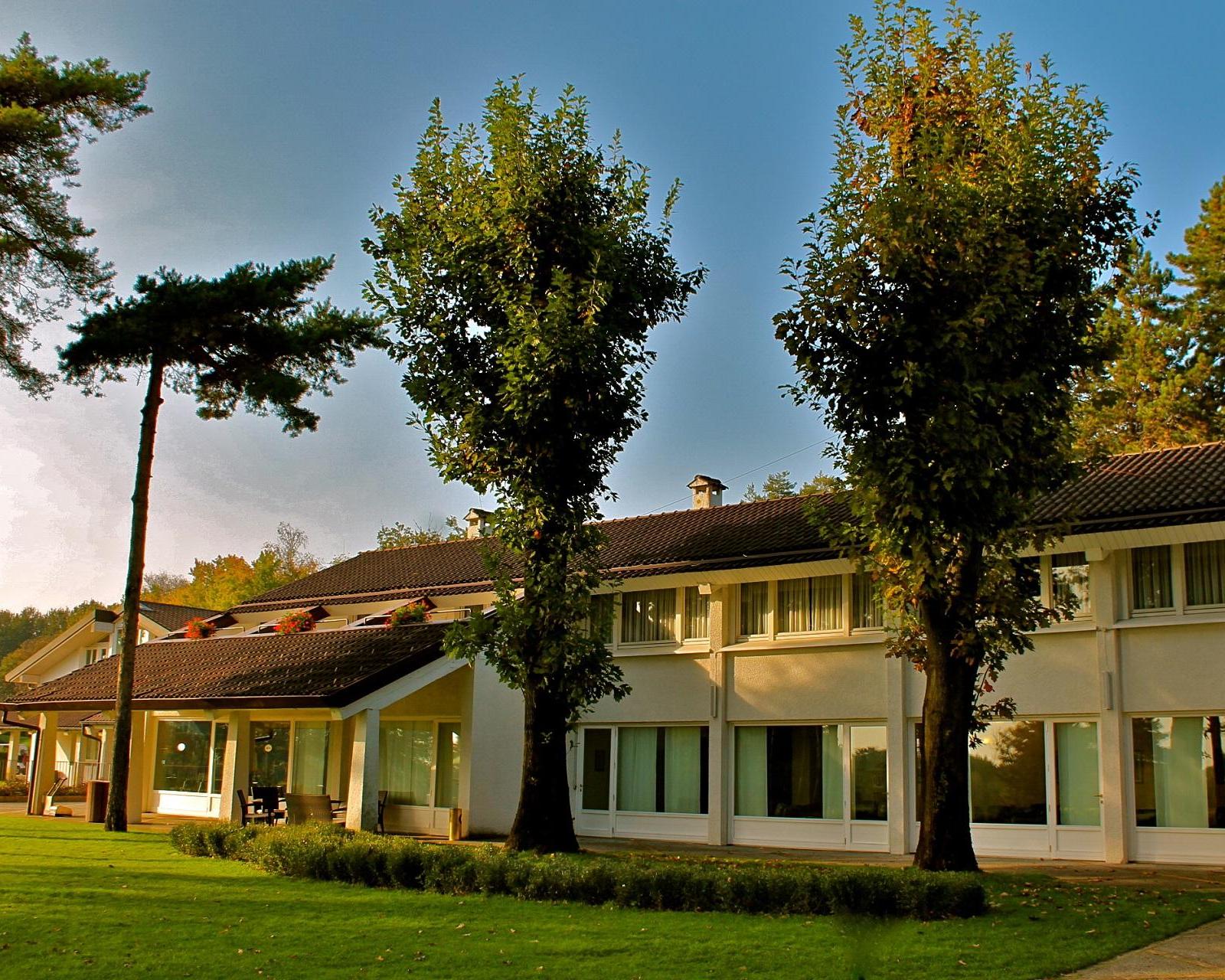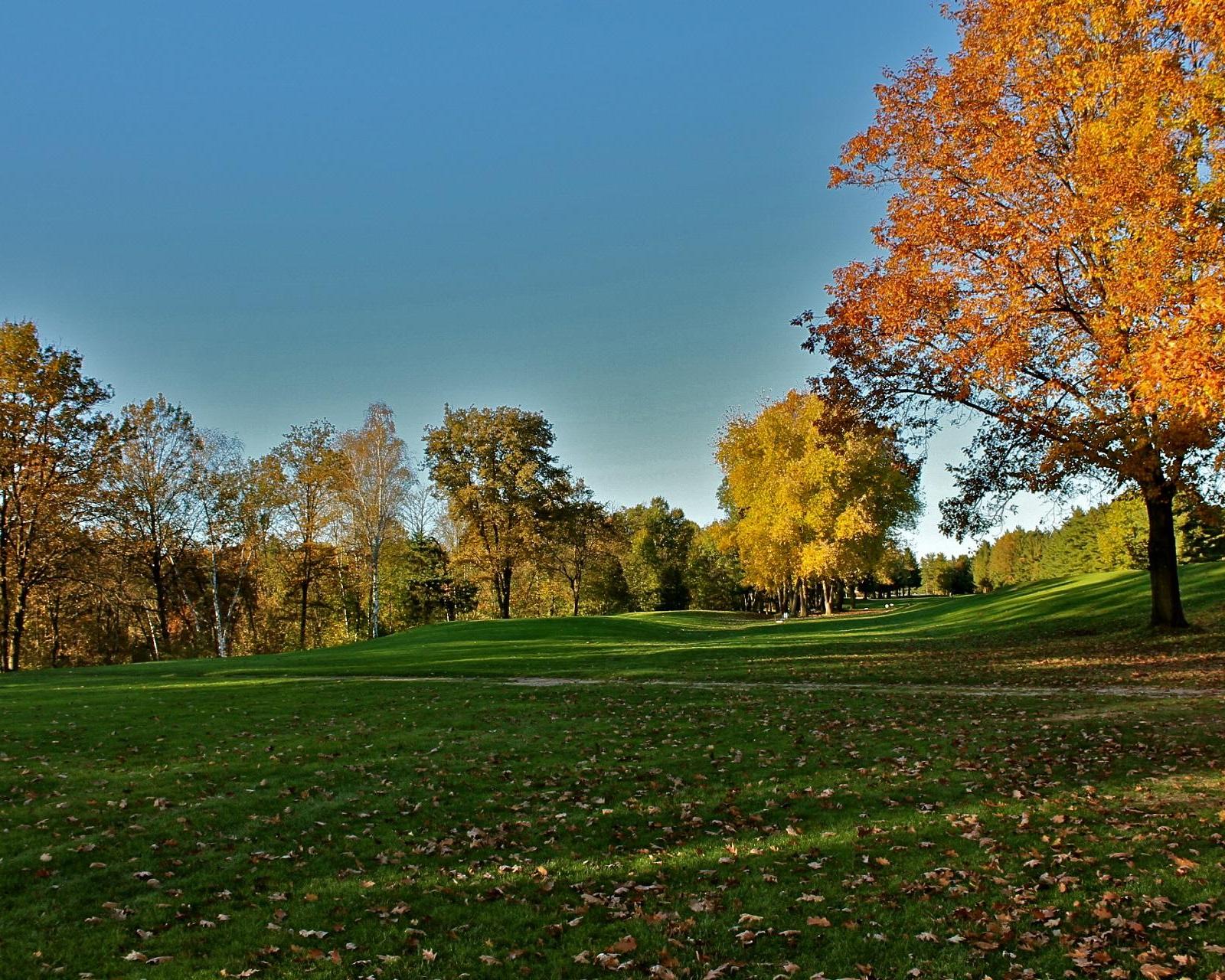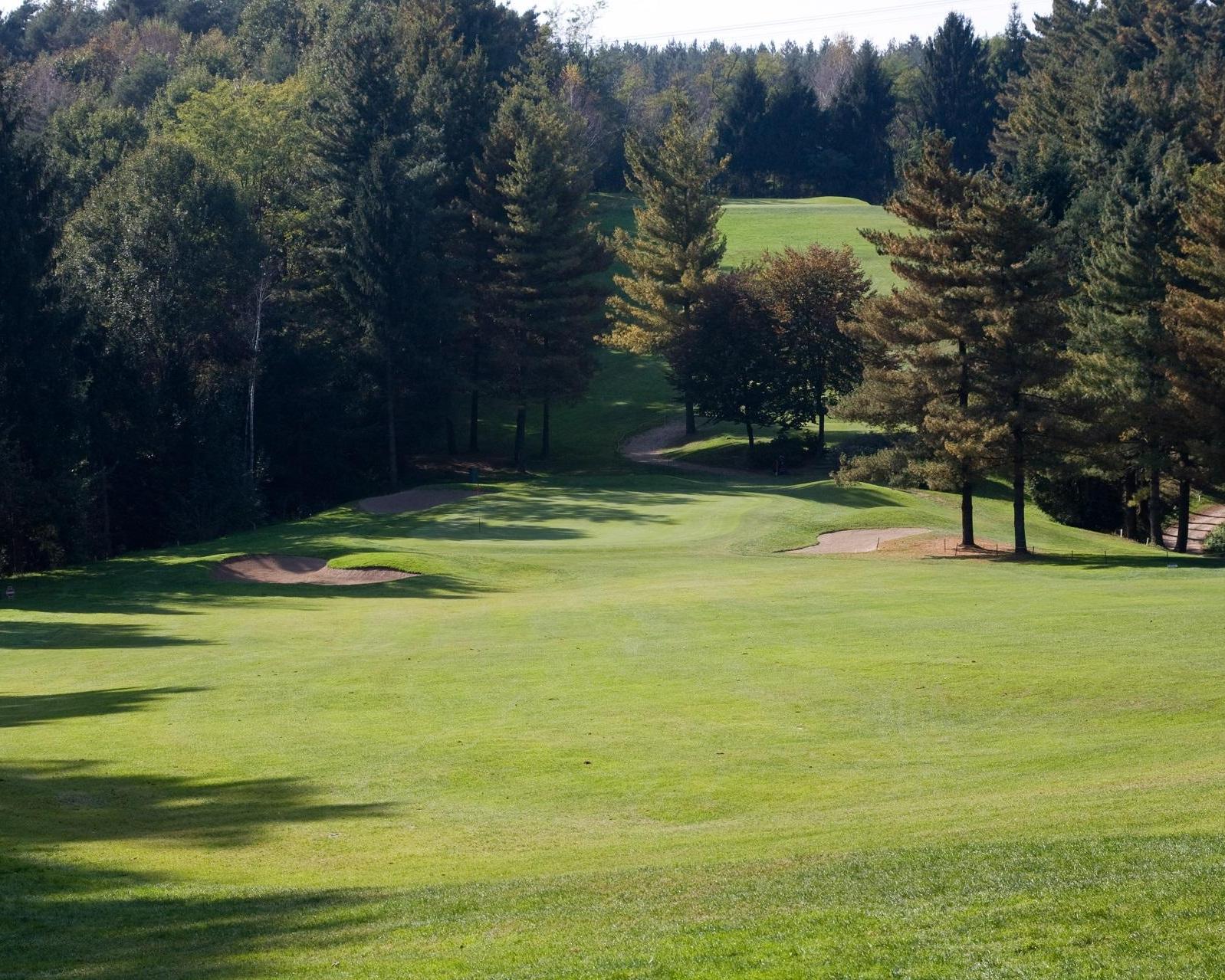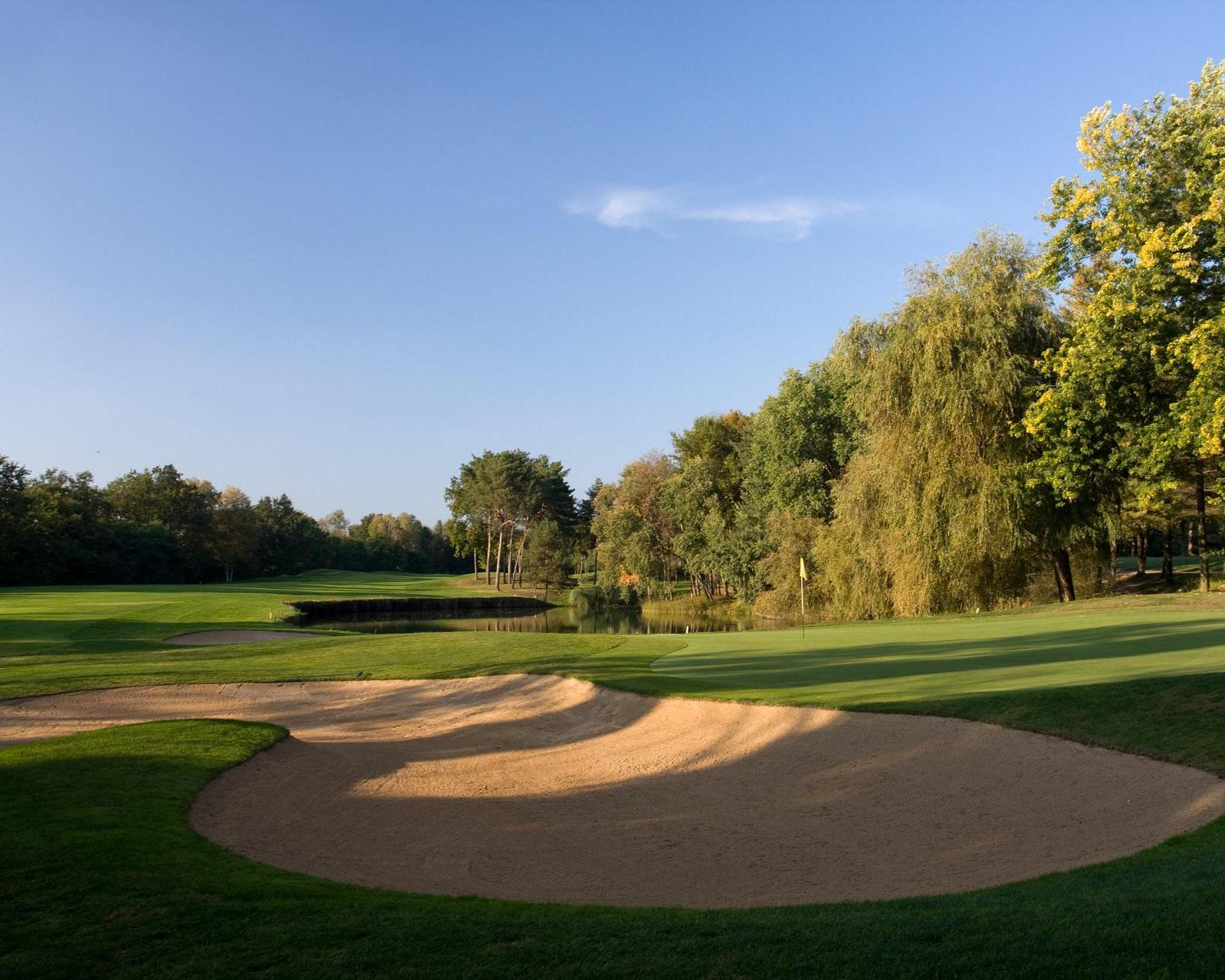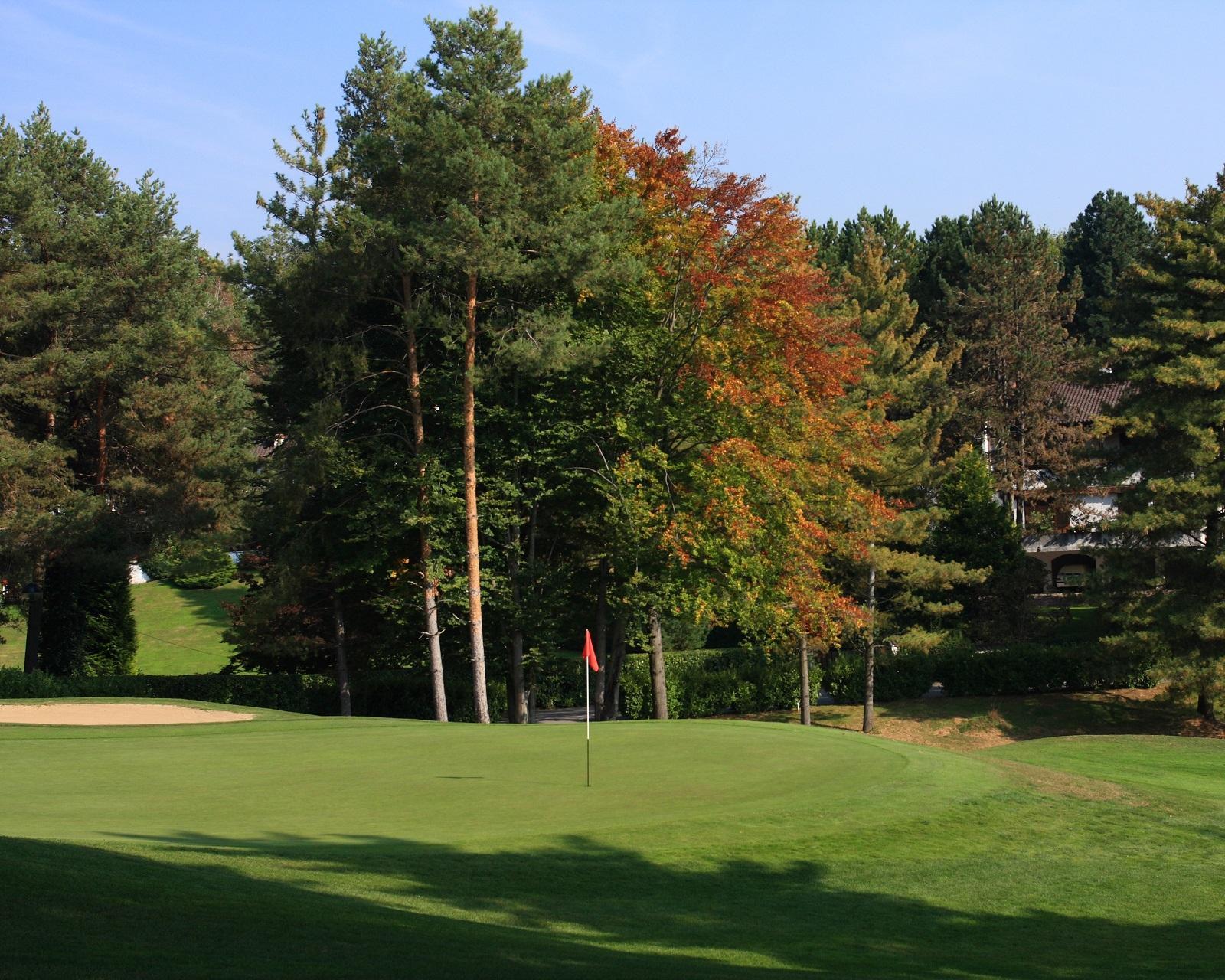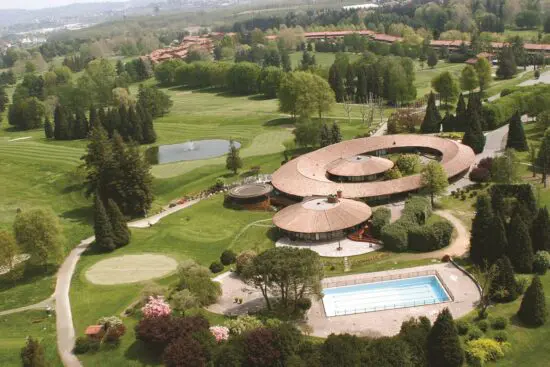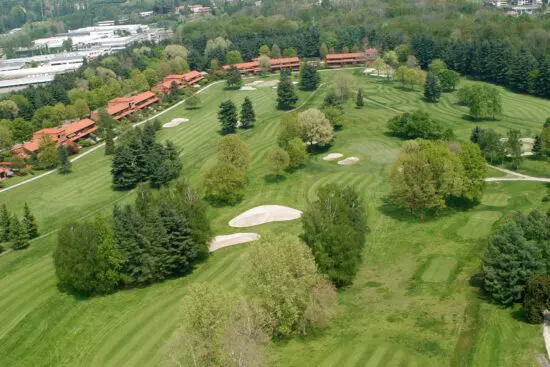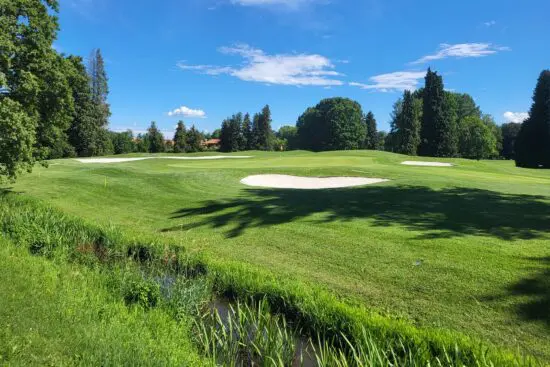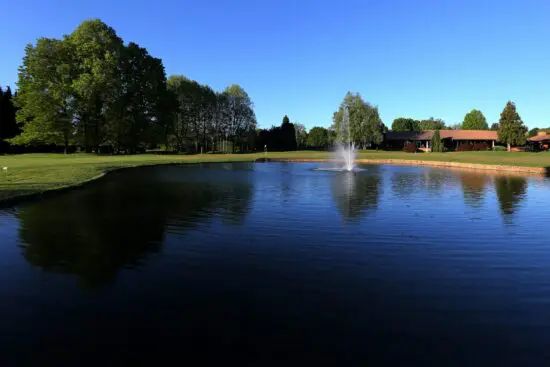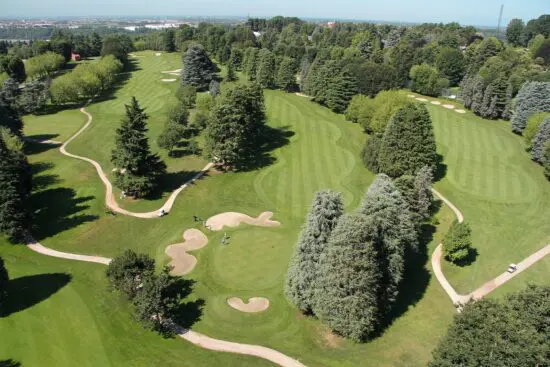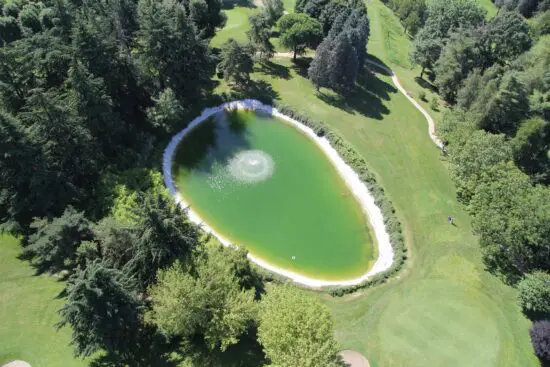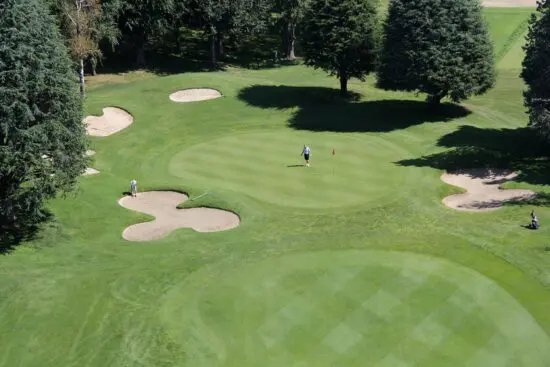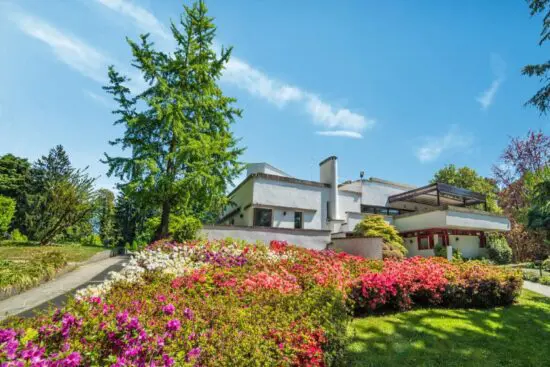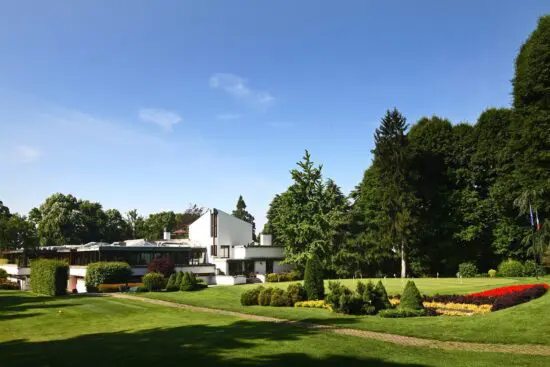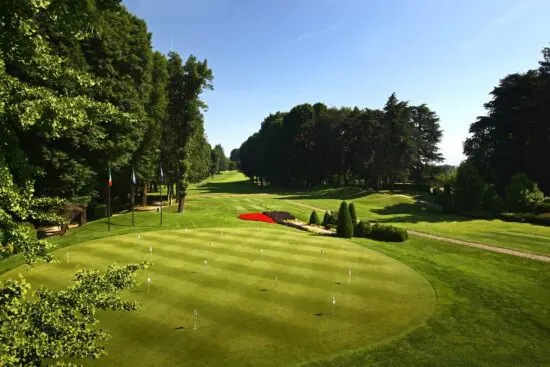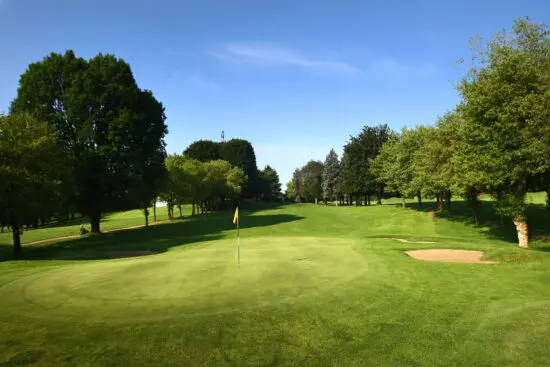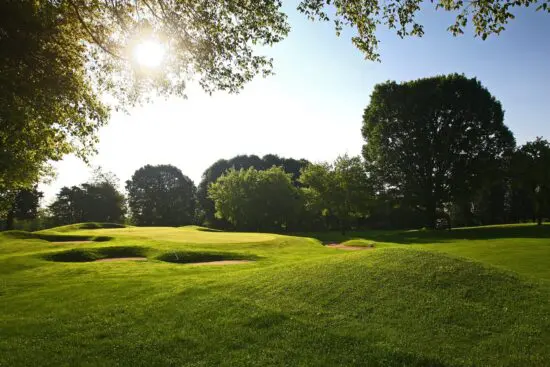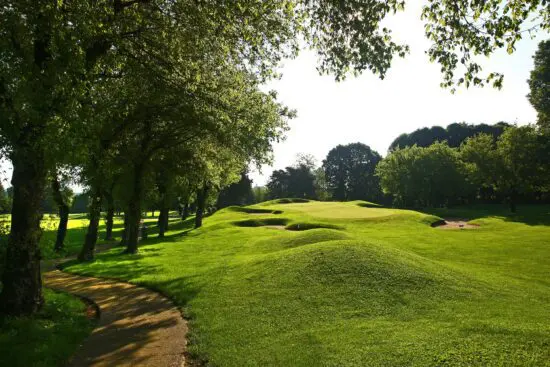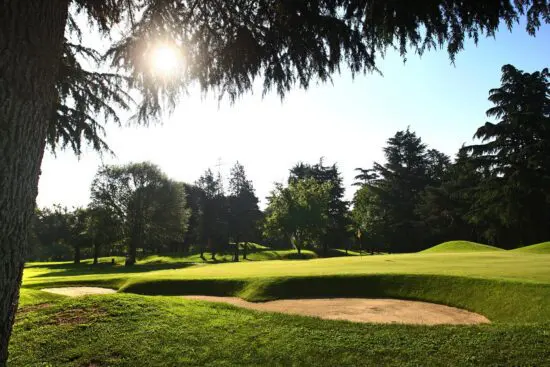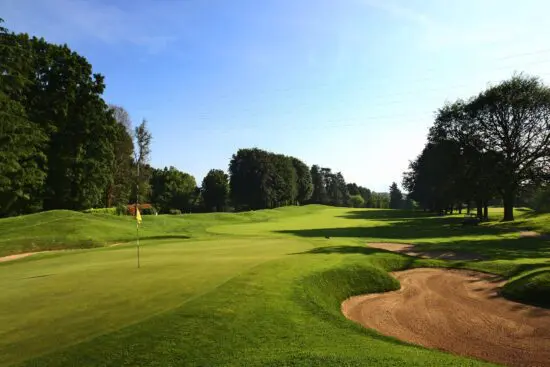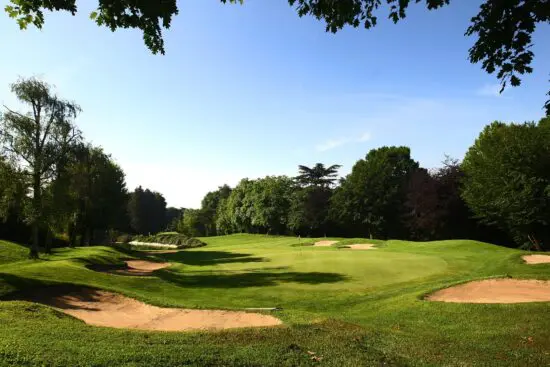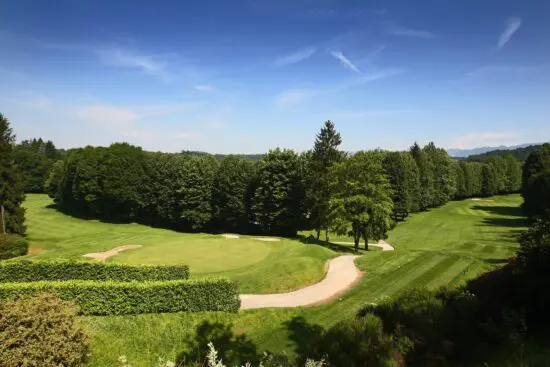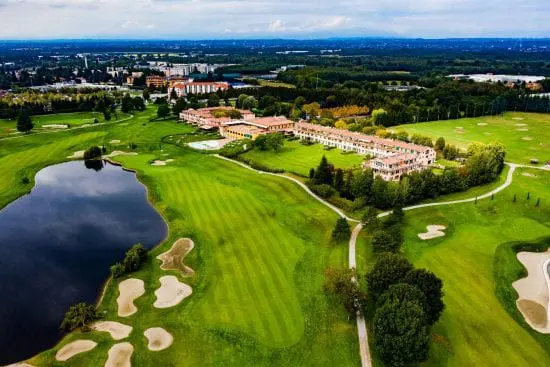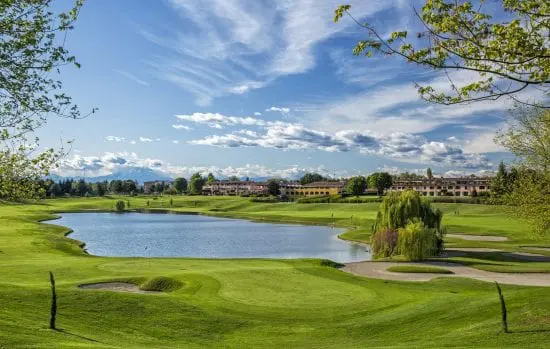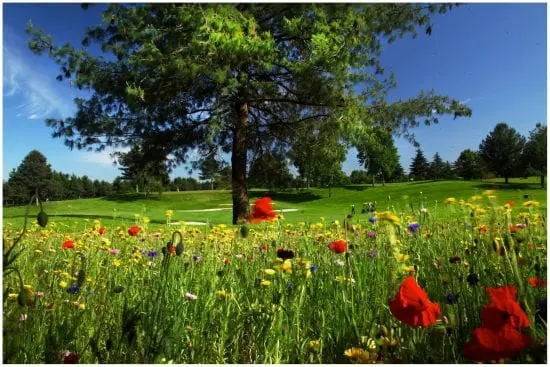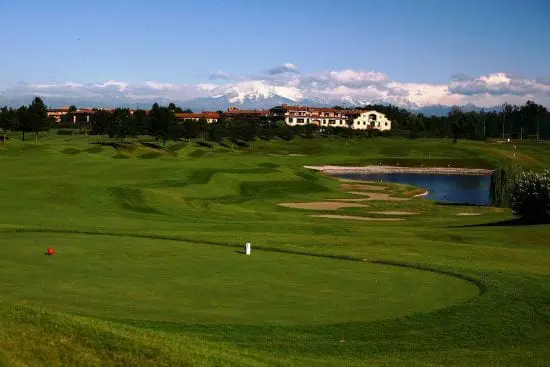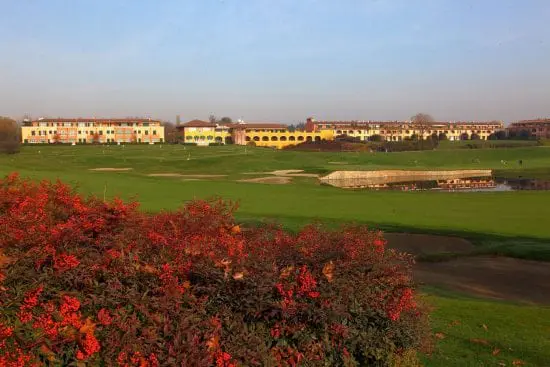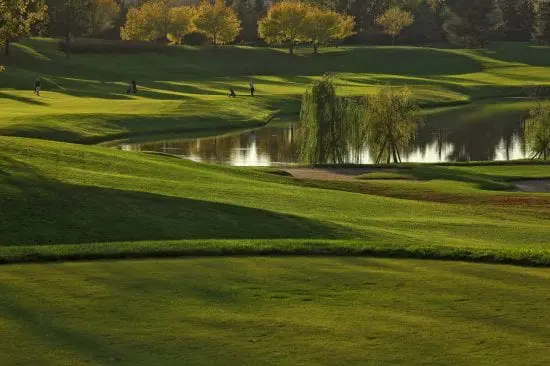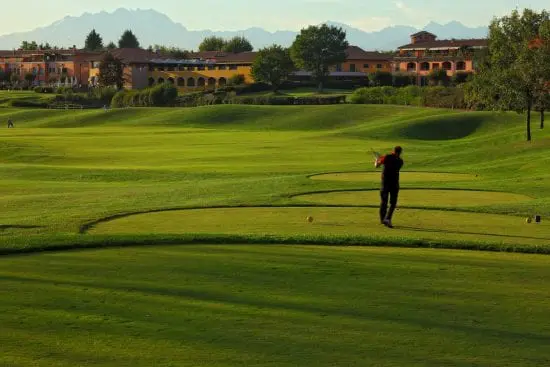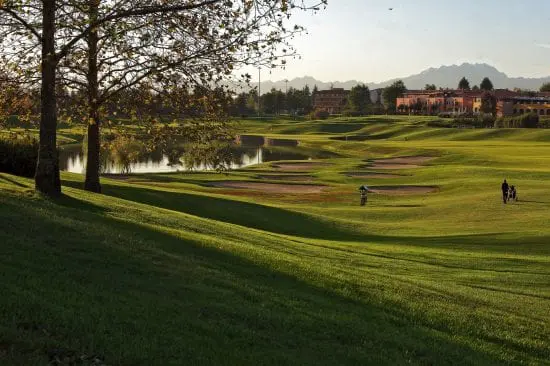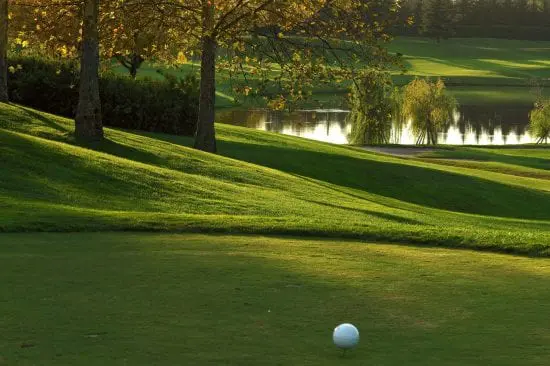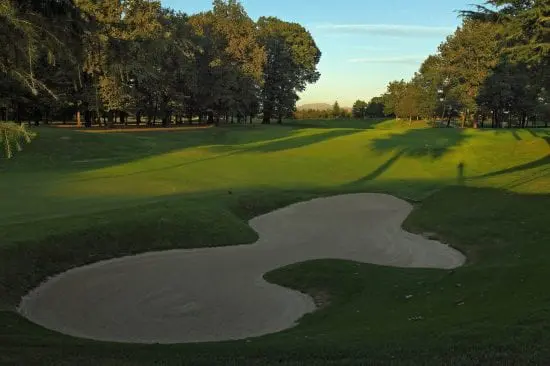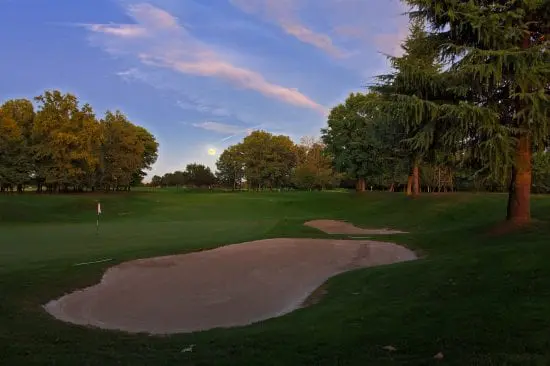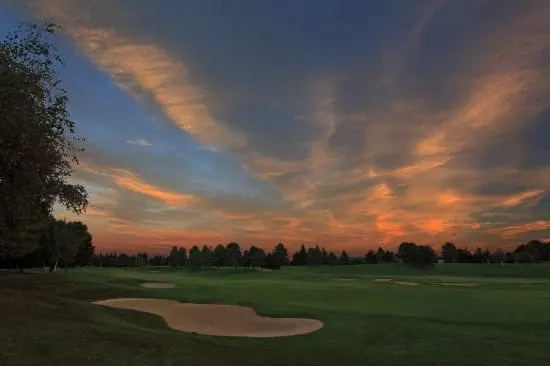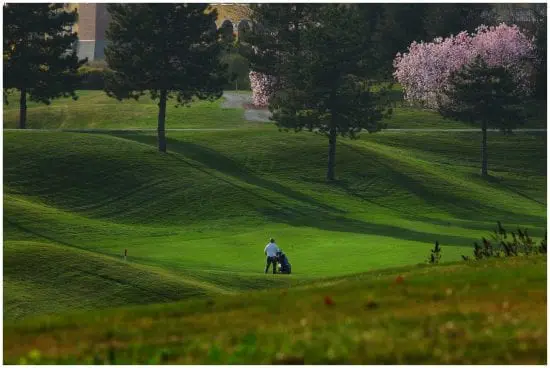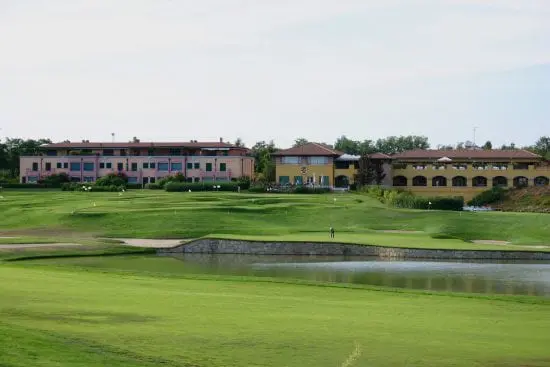Lombardy is one of the twenty administrative regions of Italy, in the north-west of the country, with an area of 23,844 square kilometres (9,206 square miles). About 10 million people, representing more than a sixth of Italy’s population, live in Lombardy, and more than a fifth of Italy’s GDP is generated in the region, making it the most populous, richest and productive region in the country. The Greater Milan area is the largest in Italy and the third largest functional urban agglomeration in the EU. The region is also famous for its historical figures such as Virgil, Pliny the Elder, Ambrose, Caravaggio, Claudio Monteverdi, Antonio Stradivari, Cesare Beccaria, Alessandro Volta and the Popes John XXIII and Paul VI. The region of Lombardy is also a very popular golf destination. Many golfers from Germany, Switzerland, Austria have already found the many attractive and demanding golf courses in Lombardy. Here golf is an experience, because the courses are built in a beautiful environment, from where you can overlook for example the mountains or Lake Garda and Lake Como. If you are dreaming of a golf course in Lombardy, designed by a famous designer, Lombardy offers a nice variety to choose from. And you can also enjoy the rich cultural heritage, amazing cities (e.g. Milan and Bergamo) and villages and of course Italian cuisine and wine. So you must definitely travel to Lombardy to play golf and much more! A golfing holiday is easy to reach here with 3 international airports in Milan and also with an airport near Verona. In total there are 41 golf clubs in Lombardy. The TOP golf courses in Lombardy are Golf Club Bergamo L’Albenza, Circolo Golf Villa d’Este and Menaggio & Cadenabbia Golf Club. You will also find that Lombardy offers a variety of very good golf resorts. In Lombardy, you can play golf all year round: from May to October the conditions are very good and it is not too hot in summer.
Foresteria Barlassina
Hotel page
06.02.–17.02. —
11 nights, Dbl room (old-style), BED AND BREAKFAST
Just 20 km from Milan, seven spacious, exquisitely decorated rooms have been built directly onto the beautiful 18 hole Barlassina Golf Course. The Club House was designed by Luigi Vietti, one of the most prestigious architectural firms in Italy. Some rooms have a view of the golf course and the swimming pool, whilst others have a view on the woods. Next to the building, in a romantic setting, you will find a large swimming pool for the guests, where a large beech tree seems to be ready to take a dip in the pool. After an enjoyable round of golf, a visit to the restaurant is a must, whether it be in the elegant dining room with its fireplace or out on the terrace, during Summer. In 1960, Barlassina was chosen by the director Michelangelo Antonioni, for the dance scenes of the film “The Night” with Marcello Mastroianni and Jeanne Moreau.
more details
Just 20 km from Milan, seven spacious, exquisitely decorated rooms have been built directly onto the beautiful 18 hole Barlassina Golf Course. The Club House was designed by Luigi Vietti, one of the most prestigious architectural firms in Italy. Some rooms have a view of the golf course and the swimming pool, whilst others have a view on the woods. Next to the building, in a romantic setting, you will find a large swimming pool for the guests, where a large beech tree seems to be ready to take a dip in the pool. After an enjoyable round of golf, a visit to the restaurant is a must, whether it be in the elegant dining room with its fireplace or out on the terrace, during Summer. In 1960, Barlassina was chosen by the director Michelangelo Antonioni, for the dance scenes of the film “The Night” with Marcello Mastroianni and Jeanne Moreau.
Golf Club Barlassina
Golf club page
07.02. — green fee per player: Hotel's Guests Golf Rates 18 holes (10:00)
From the very first step into the club house, where you can find the trunk of a monumental plane tree, protected by a glass case and with its canopy reaching for the sky above the roof, you gather that the founder of Barlassina in 1958 wanted something unique. Goal achieved, because the club, with its 70 hectares in the countryside between Milano and Como remained for a long time one of the few Italian private golf clubs, defending an exclusivity of which it’s always been proud. But times change and now even the occasional visitor gets to know this gem of Lombardy golf, where the creator, the British architect John Morrison, assisted by Donald Harradine, took advantage of the hilly land, making it even more scenic. The best time to play the 18th holes in the Groane Park is late Spring: azalea and rhododendron bushes of many pink shades convert it into a delightful lush garden. The green of the 9th hole (a 183 m long par 3), surrounded by flowers, wins the “Oscar” for the best set design. Finally, a treat for the enthusiasts of the cinema: in 1960, the halls of the clubhouse, designed by the architect Luigi Vietti, were chosen by director Michelangelo Antonioni as a set for the dance scene of the award winning movie “La notte”, starring Jeanne Moreau and Marcello Mastroianni. Course: 18 holes, Par 72, 6135 meters Architects: Harris, Morrisson Topography: gentle rolling hills, woodland course, numerous bunkers Distinctive features: conceived to suit all levels Pro’s Comments A club of long tradition with a magnificent course. The holes, completely immersed in the woods and in the silence, get better and better. To be mentioned is the 10th, with the tee close to the clubhouse, it’s a very difficult and delicate Par 4 slightly dog-leg to the left, where it’s mandatory to play an accurate tee shot to reach a very far green (from the championship tee, more than 400 meters). A particularity that you will appreciate: no water hazards guarding the greens, but only a few streams in the woods. A joy for the less skilled players. Barlassina is perhaps the only golf club in Italy that still provides members-only lounges in the club-house. For many‚ but not for everyone.
more details
Arzaga Golf Club
Golf club page 08.02. — green fee per player: Green Fee 18 Holes (10:00) 27 holes with unique features: Arzaga l: this course offers a challenging design with a modern twist. Characterized by its wide fairways, strategically placed bunkers and fast greens, this course is ideal for players looking for a technical and visually appealing experience. Arzaga II: Created by legendary player and designer Gary Player, this course has a more traditional design, with a focus on precision and strategy. Natural obstacles, such as lakes and streams, add an additional level of challenge.
Golf Club Villa D'Este
Golf club page
10.02. — green fee per player: Daily Green Fee (10:00)
There are places that remain untouched by time, enveloped in a special aura evoking elegance, tradition and good taste. The Circolo Golf Villa d’Este, protected by the woods of Montorfono and lying 20 minutes south of the Como city shores of the lake is one of these. This is true now more than ever, 90 years after those days in 1926 when English and American tourists – who had already chosen the Larian shores and their microclimate as their preferred holiday destination – began to tread the greens of the 18 holes that the shareholders of Grand Hotel Villa d’Este of Cernobbio decided to build, prompted by the requests of their well-heeled customers. The walls of the clubhouse designed by architect Giuseppe Bergomi – partly destroyed by fire in 1990 but faithfully reconstructed to the original, with hardwood floors fragrant of beeswax, the wood paneling of the bar and the incomparable terrace looking onto the course and the hills – narrate the most wonderful chapters in the history of Italian competitive golf: 12 Italian Opens were played here between 1928 and 1972, 57 editions of the Men’s International Championship and 39 editions of the Ladies’, to name a few. To understand the prestige of this club, we need only glance at the club’s record book to see the names that proudly appear there: for example, the Spaniard José Maria Olazábal, who before becoming the hero of many Ryder Cups in tandem with Seve Ballesteros, as well as captain of the victorious European team in 2012, the first of his two Masters’ green jackets, won the Italian Open twice in 1983 and 1985 on this narrow and undulating course designed by Major Peter Gannon Technical Details Course: 18 holes, Par 69, 5789 meters Architece: Peter Gannon Topography: Tee-off should be exact and straight. You’d better bring along with you a few more balls. Hillside locations make the game difficult. Distinctive features: From the peak of its 440 metres above sea level, this terrain offers good playing conditions also in summer. Pine trees, birches, chestnut trees characterize this course. A charming setting including a par 69 that ranks among the toughest ones in Europe: a true challenge also for the most experienced golfer! Pro’s comments An intriguing yet very complicated course to face if you don’t have experience or the right attitude. Its very deep bunkers and greens with very accentuated differences in level will greatly challenge inexperienced golfers. However, the Villa d’Este’s 18-hole course is a must on the curriculum vitae of any golfer visiting the Lombardy region. A few well-played holes are a guarantee of satisfaction: the enjoyment lies, for once, in overcoming the course’s difficulties.
more details
La Pinetina Golf Club
Golf club page
12.02. — green fee per player: Green Fee 18 Holes (10:00)
In an area – the province of Como – which already had a high-density golf factor, in 1971 the Golf Club La Pinetina opened on 70 hectares in the immense Appiano Gentile Pinewood Parkland. The exclusive, relaxing, and peaceful context consists of woods with Scots pines, birches, oaks, and chestnut trees, some homes well hidden by the vegetation, and all of it far away from roads, noise, and the stress of daily life. The course follows the contour of the land, which is quite undulating with different playing situations. Evocative panoramic views of Monte Rosa and the Lombard Prealps can be glimpsed between the treetops. The club has a strong ecological approach: a photovoltaic plant installed in 2010 and a solar thermal energy system in 2013 have been steps along the club’s long journey of awareness and responsibility towards the environment. Over the years, La Pinetina joined the Committed to Green program, has been awarded environmental certification by the Golf Environment Organization (GEO), and was acknowledged by Federgolf for its commitment to energy conservation. Finally, it has constructed a pool following a bio-architecture project using the most advanced materials from an ecological standpoint. The last of the 18 holes is the game-changer. It is played by amateurs as a short par 5 but, in case of pro tournaments, it becomes the hardest of the entire course, a par 4 of 373 meters, meaning it is very long and what’s more, slightly uphill, with a fairway that slopes to the right and the green – designed on two very pronounced levels – is protected by three bunkers. The lovely clubhouse beside it offers welcome refreshments after the last efforts. Technical Details Course: 18 holes, Par 71, 5823 meters Architect: John Harris Topography: hilly at times, steep slopes, forest Special features: championship course, the first 9 holes are more challenging Pro’s Comments Precision, precision, precision: the three watchwords necessary to face the challenge of the La Pinetina course. Not long but delicate and undulating, this 18-hole course must be dealt with by forgoing power and the urge to risk; in particular, Hole 3, a very narrow and long par 5, has ruined the scores of many a golfer, even experts. If you don’t play long but precisely, La Pinetina is the perfect course to bet against golfers who take pride in their power.
more details
Golf Club Monticello
Golf club page
13.02. — green fee per player: Green Fee 18 Holes Weekdays & Week-ends/Bank Holidays (10:00)
It was in the late 1960s that the brothers Alessandro and Giuseppe Panza of Biumo decided to convert a farming estate of 140 hectares, just a few kilometers south of Como, into a golf course that would complete a modern design residential complex surrounded by greenery. Easily reached from Milan, Monticello was created to be used by families: a place where adults and children would be able to practice extra-golf activities such as bridge, tennis, football and swimming. With its 36 holes – it takes pride in being the first to have them, in 1974 – Monticello is a continuing evolution, entrusted to different signatures – the last ones belonging to Jim Fazio, Baldovino Dassù and Graham Cooke. The clubhouse is instead the work of the prestigious architect Luigi Caccia Dominioni, a low building with an elongated and meandering shape which reinterpreted the Lombard farmstead in a modern key. The Red course – imposing and challenging – has been one of the historic venues for the Italian Open, played here seven times between 1974 and 1992 and won, amongst others, by the American Billy Casper and the Australian Greg Norman. The Blue course is shorter – and therefore more accessible to players with medium-high handicaps – with the front 9 which are level and rather open and the back 9 narrower and more delicate. Technical Details Course: 18+18 holes, Par 72/72, 6055/5842 meters Architect: Baldovino, Dassù, Graham Cook. Topography: from flat to slightly undulated, with small greens protected by bunkers. Distinctive features: The first shot is very important, when you play your handicap. The drive must be placed in a very strategic way. Pro’s comments Playing at Monticello is delightful and fun. The red course, made more challenging by the touch of Baldovino, amongst others, which changed the design of some greens a few years ago, is long yet flat and can be played by players of any age and level of skill. Holes 9 and 18 are indeed spectacular, as they end in front of the clubhouse with a huge lake which makes approach shots to the green more difficult and complicated.
more details
Golf Club Carimate
Golf club page
14.02. — green fee per player: Green Fee 18 Holes (10:00)
We are midway between Milan and Como, in the heart of the Brianza area, where almost at the same time with the nearby “Barlassina Golf Club”, was created, in 1962, another ambitious project, at the forefront of Italian design. Piero Mancinelli designed the course, Guido Veneziani and Vico Magistretti (personalities that nowadays would be called “archi-stars”) signed the clubhouse project. Keeping the ancient castle of the noble Visconti family (later owned by the Arnaboldi Cazzaniga family ) as its point of reference, a new development of 400 small villas (none taller than the surrounding vegetation) and a golf course were built, in the 60 hectares of woodland. More than 50 years later, the gently undulating course and the club atmosphere confirm their uniqueness, with thanks to the constant evolution and the desire to keep pace with the times. Carimate Golf Club is a very lively club, where the members gather as in a second home and visitors are very welcome. The course, wide and varied, runs amid a botanical heritage of ten thousands plants and has been developed in two different stages: the “Higher” holes, created close to the clubhouse, opened in 1961, and the “Lower” holes, inaugurated three years later. Once seated around the table, at the restaurant, please have a look at the red chairs in wood and wicker: they are rare design pieces, the making of Vico Magistretti, who named them after the Club: Carimate. Since 1962 they are produced by Cassina. Technical Details Place : 18 holes, Par 72, 5850 meters Architect : Piero Mancinelli Topography : flat with very dense vegetation Special features : beautiful course, not to difficult to play, a lust for the eye Pro’s comments A splendid and very tall Atlas cedar makes play on Hole 11, a par 5of over 500 meters, extremely complicated. Positioned in the middle of the fairway around 100 meters from the green, it forces players to be strategically attentive already with the second stroke: better to keep to the right for an easier entrance. A thrilling and unforgettable signature hole.
more details
Golf Club Le Robinie
Golf club page
16.02. — green fee per player: Green Fee 18 Holes Hotel Guests (10:00)
In springtime they are covered with white fragrant flowers. They are the locust trees which give the club its name, trees that are often imposing, also known as acacias, which are easily found in Lombardy woodlands. The club is very close to the Malpensa Airport, a destination that is easily reached due to its proximity to the motorway, where Jack Nicklaus in the early 1990s was asked to decide how to sculpt those flat 70 hectares to create a course that was worthy of his name. The Golden Bear had no doubts as to what was needed to obtain a course able to host international events, a Stadium Course where spectators would have a privileged vantage point to see what was actually happening on the course. So bulldozers moved no less that two million cubic meters of earth and gravel to form a masterpiece of hollows, amphitheaters, terraced bunkers and lakes that would bear his unmistakable signature. The result is a challenging yet not severe course where players of all levels, from beginners to professionals, can have a great time because of the five teeing boxes for each hole, to be chosen according to ability, following the rule of “risk-reward” that Nicklaus likes so much. An attacking game is recommended for top players, but those not wanting to risk can play defensively, enjoying a match with commendable results. Technical Details Course: 18 holes, Par 72, 6168 meters Architect: Jack Nicklaus Topography: flat with a lot of water hazards. Distinctive features: aggressive play, if you want to play your handicap. This course has the very typical mark of Jack Nicklaus, with several difficulties. The aspect of a course does not always correspond to its play. This course, which is the only one Jack Nicklaus designed in Italy, is a true master touch! And he has done his best: strategic bunkers, water hazards and ondulated greens. Everything is there. The Scottish-style tricks, like the hidden bunkers, are in the perfect mode of brilliant Nicklaus. Pure pleasure for golfers! Pro’s comments I truly appreciate Nicklaus’s hand as an architect of golf courses and Le Robinie confirms that sentiment. It is a fair course because you must know how to mix power and precision, where each hole makes a lasting impression but you must always stay far away from the deep bunkers scattered all over the course, a real punishment for unskilled players but panoramically and technically flawless. Holes 17 and 18 which surround a large lake are beautiful and if you are willing to gamble, you will be rewarded, but a cautious strategy of staying away from the water is absolutely worth considering, especially if you are defending a good score. A masterpiece, like the many others, created by the skilled hand of the great American champion.
more details

